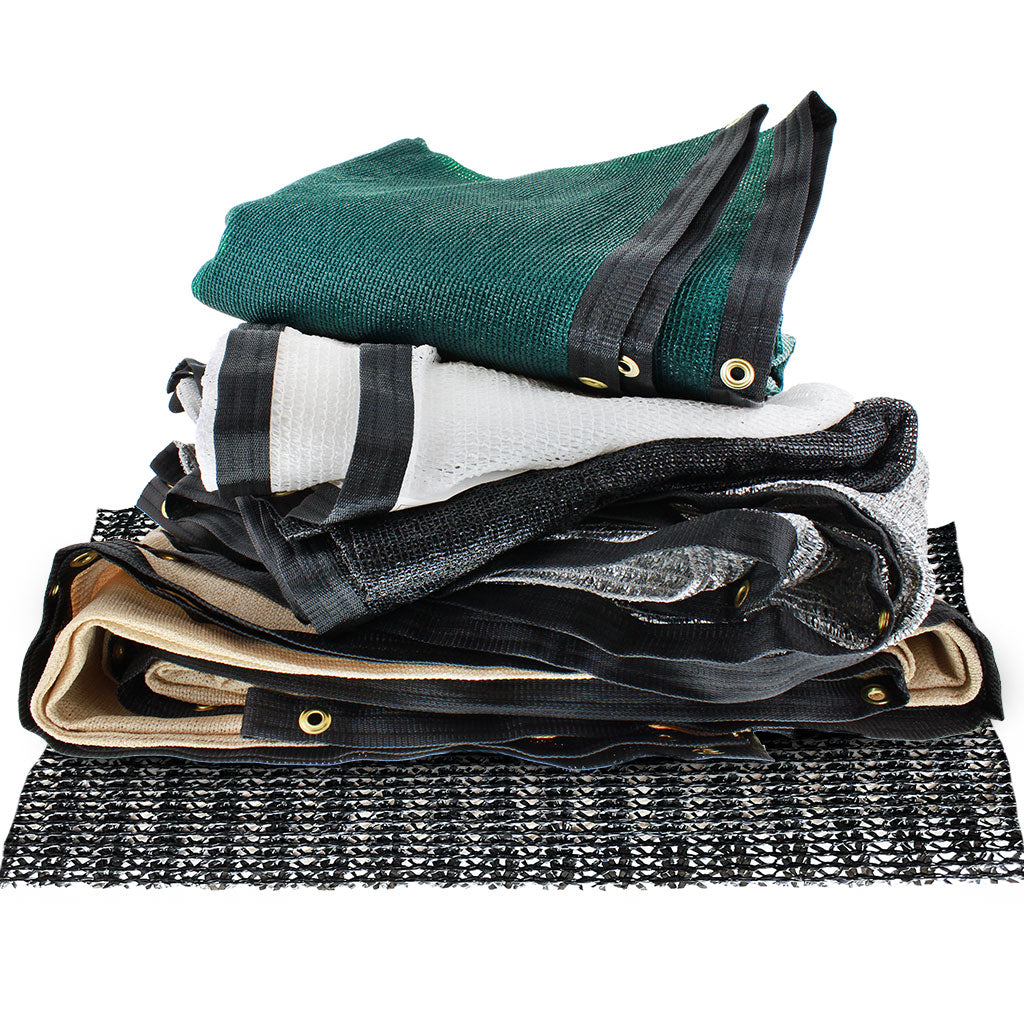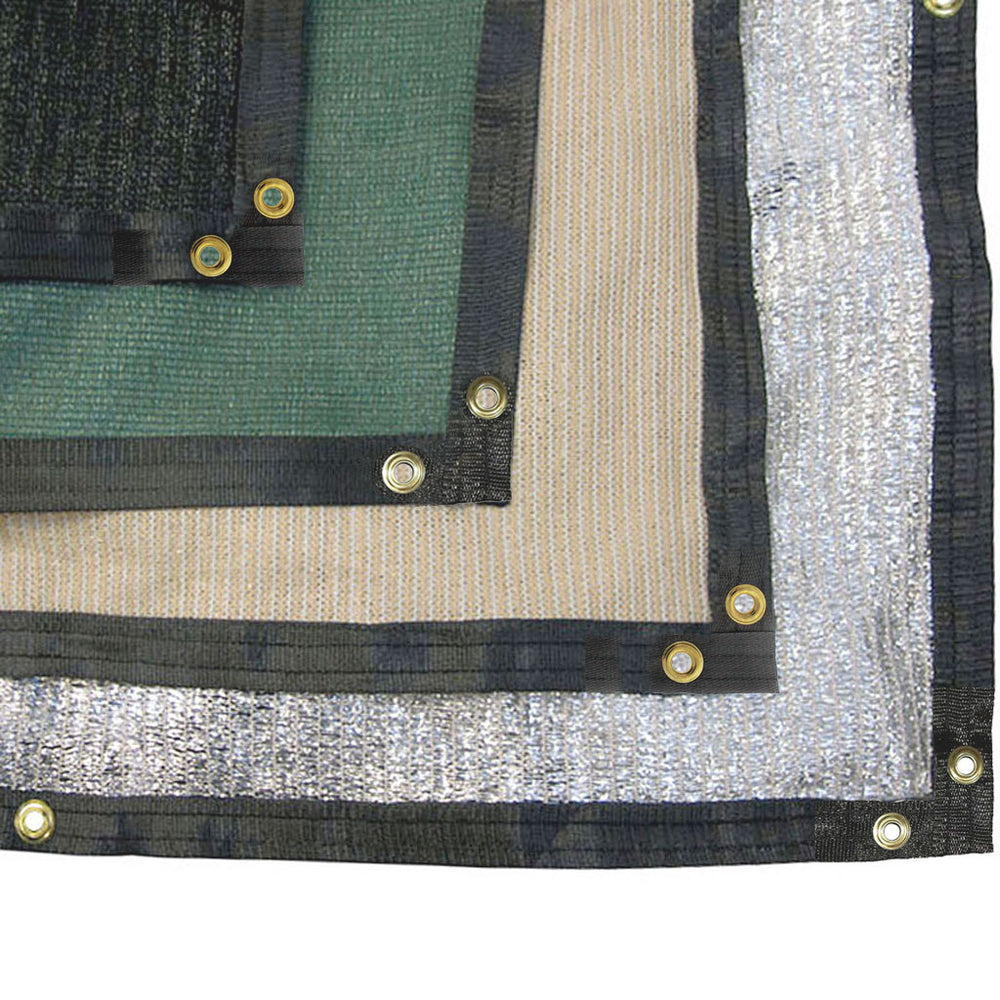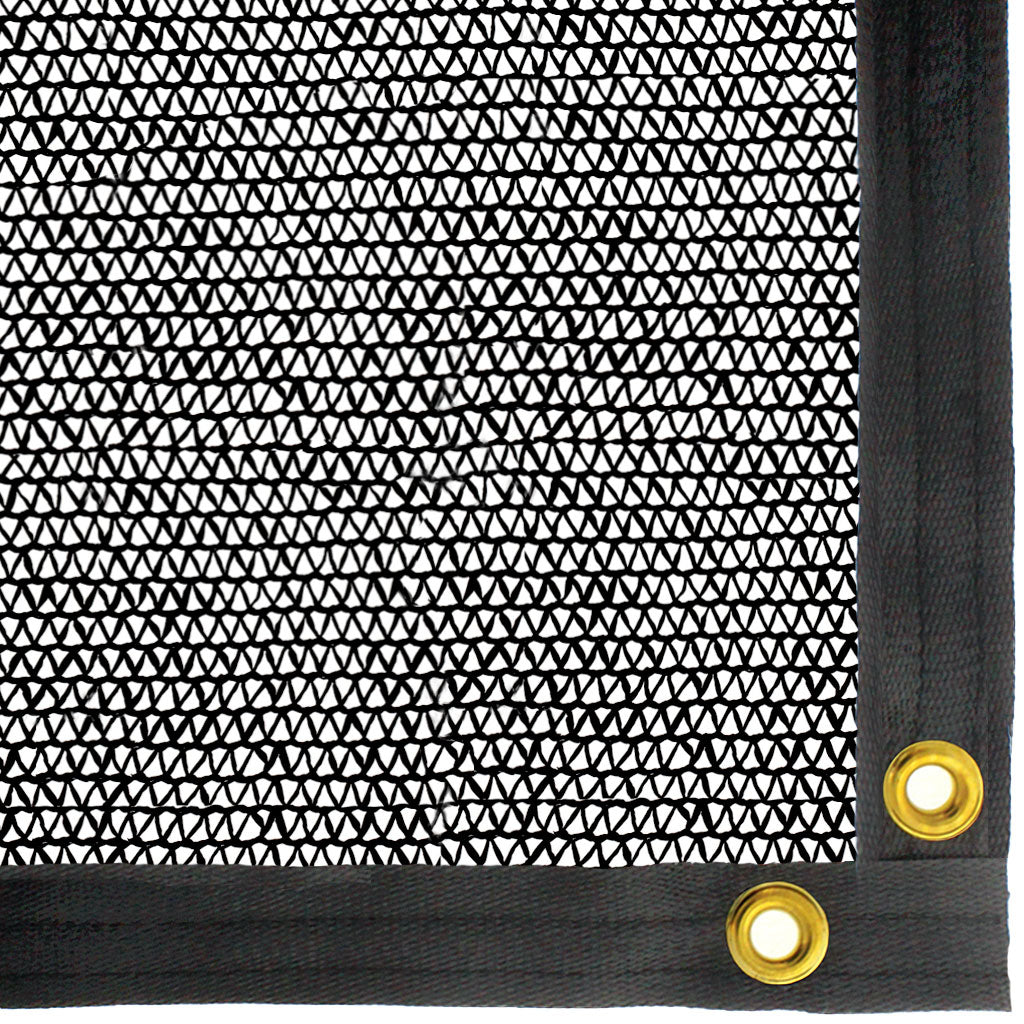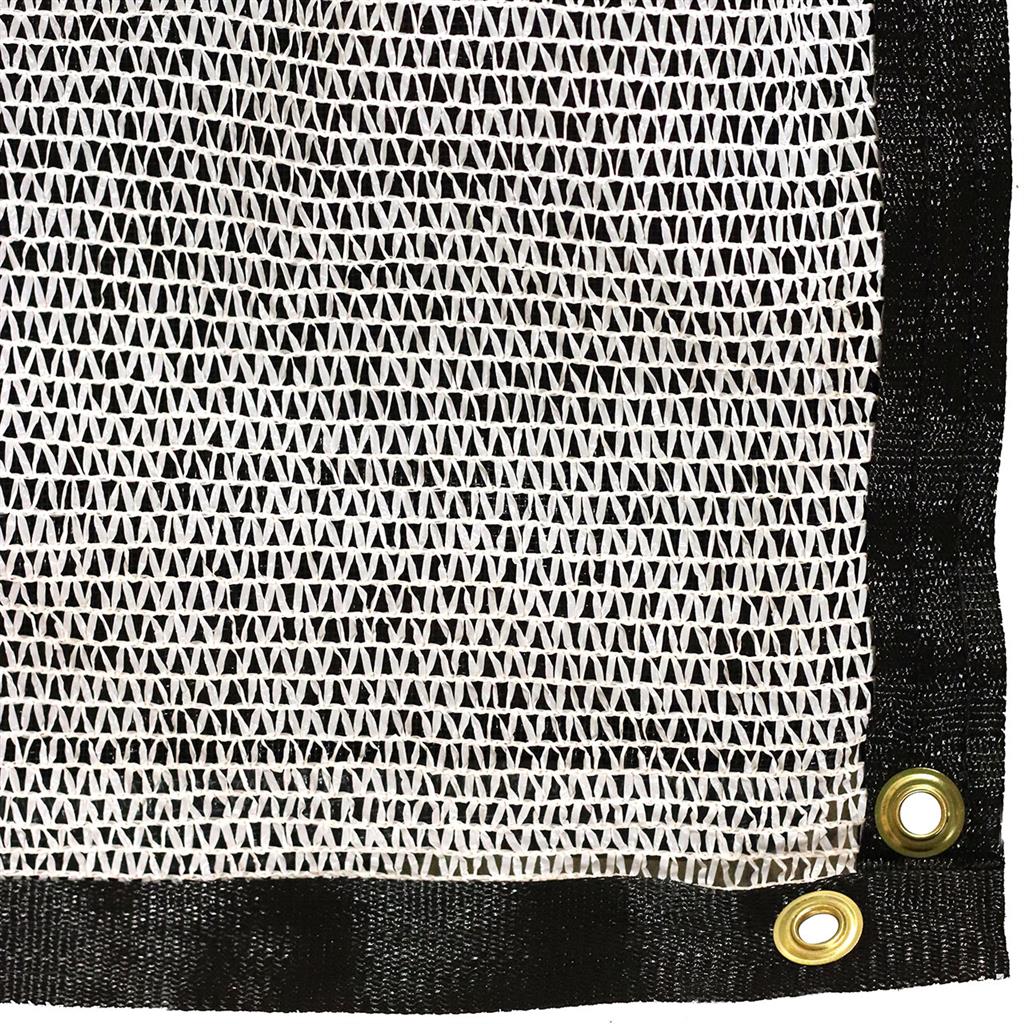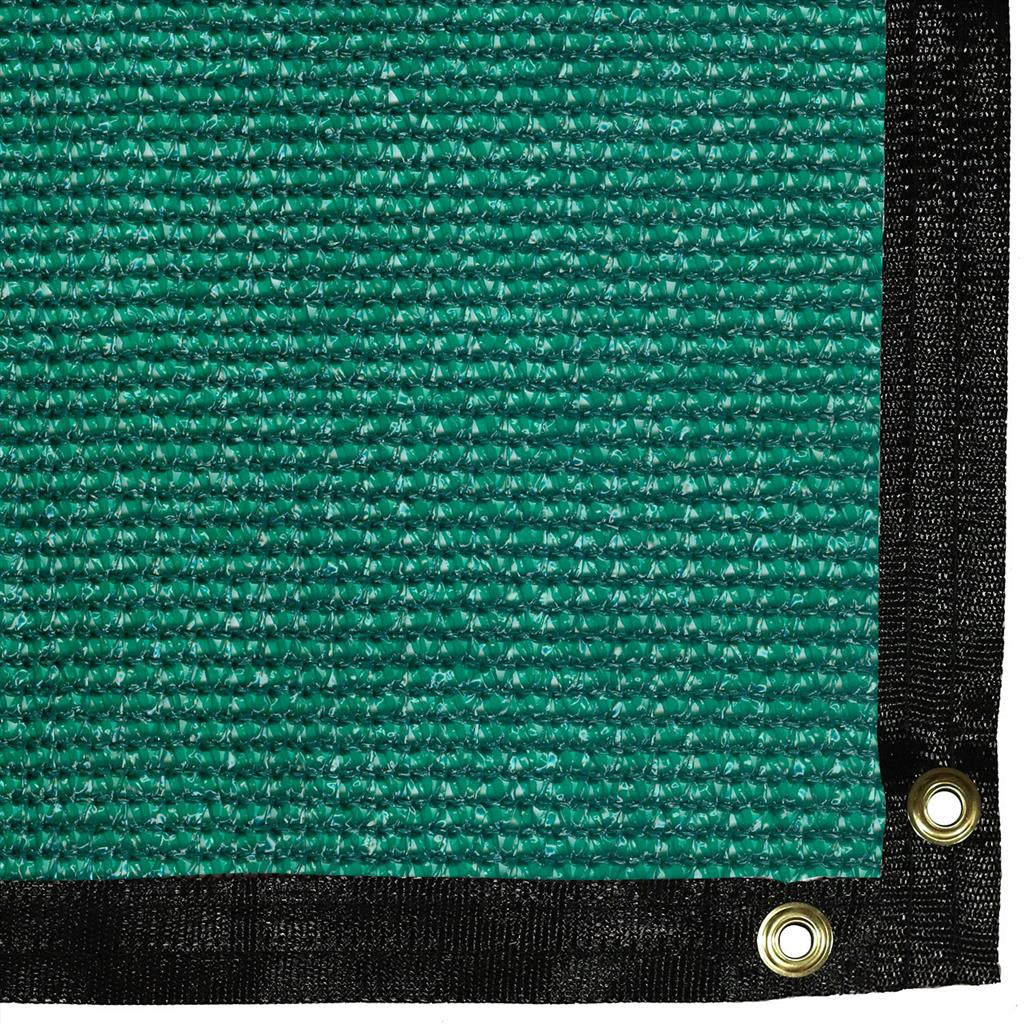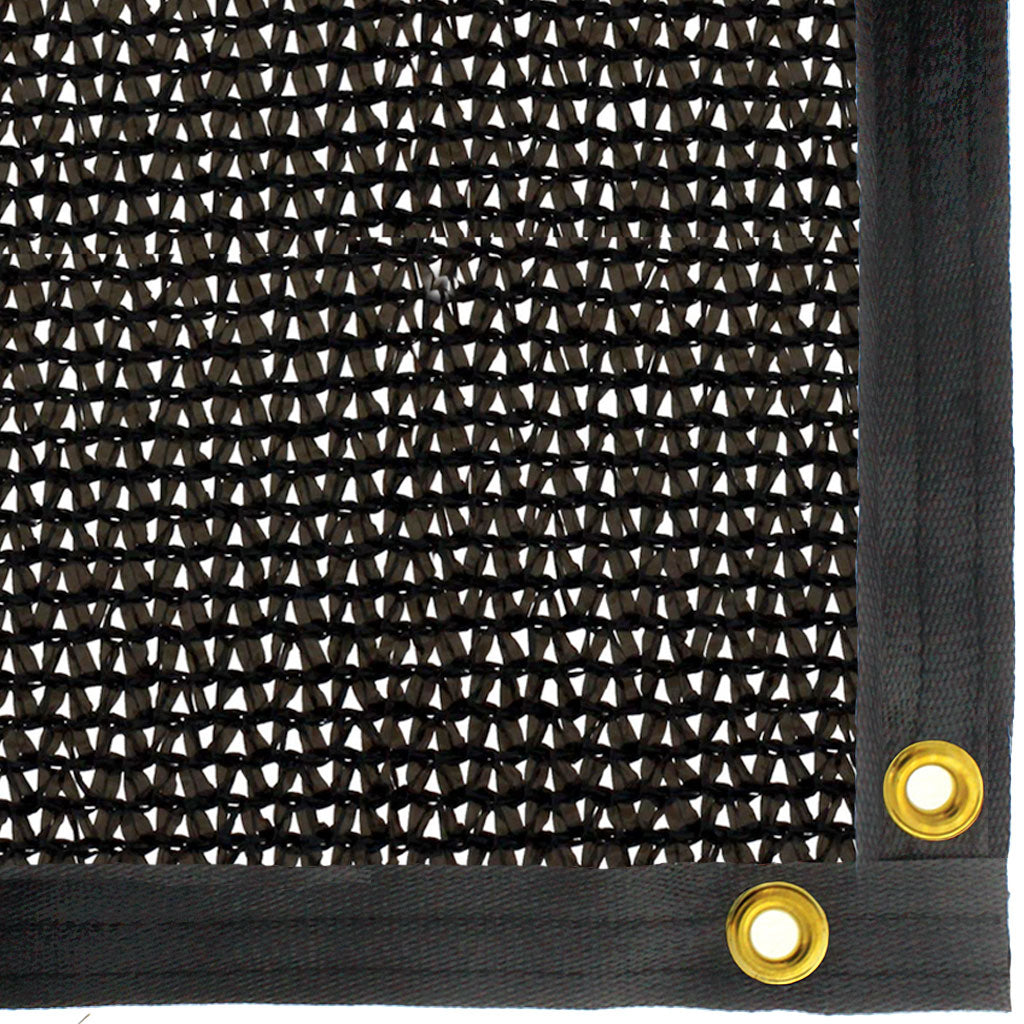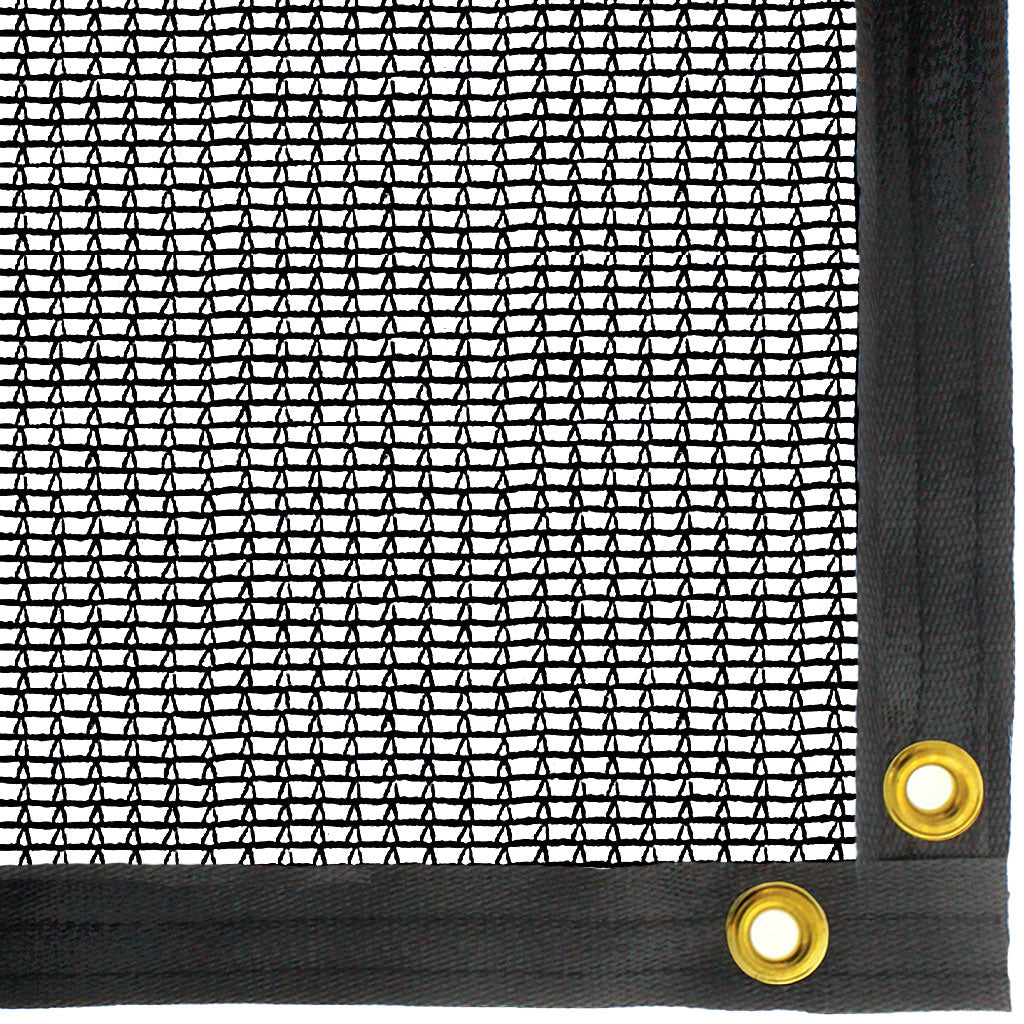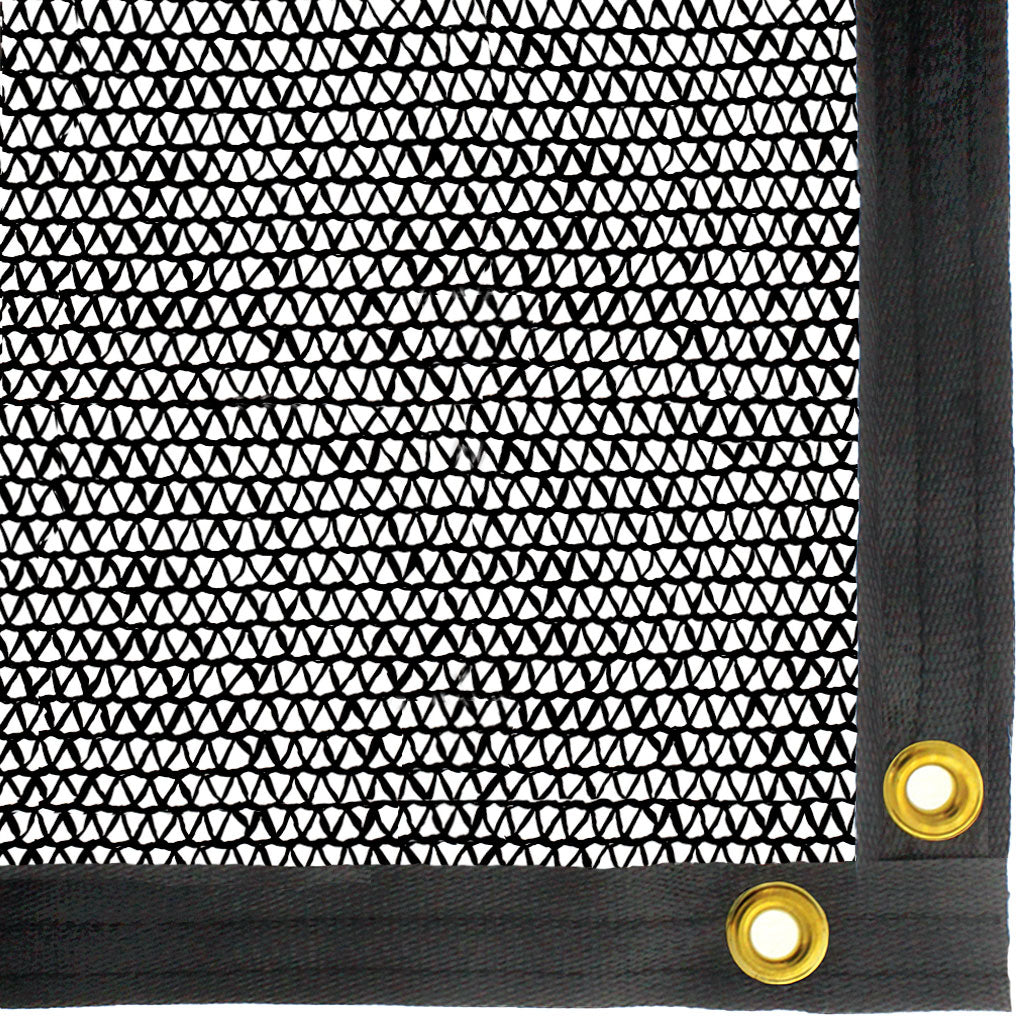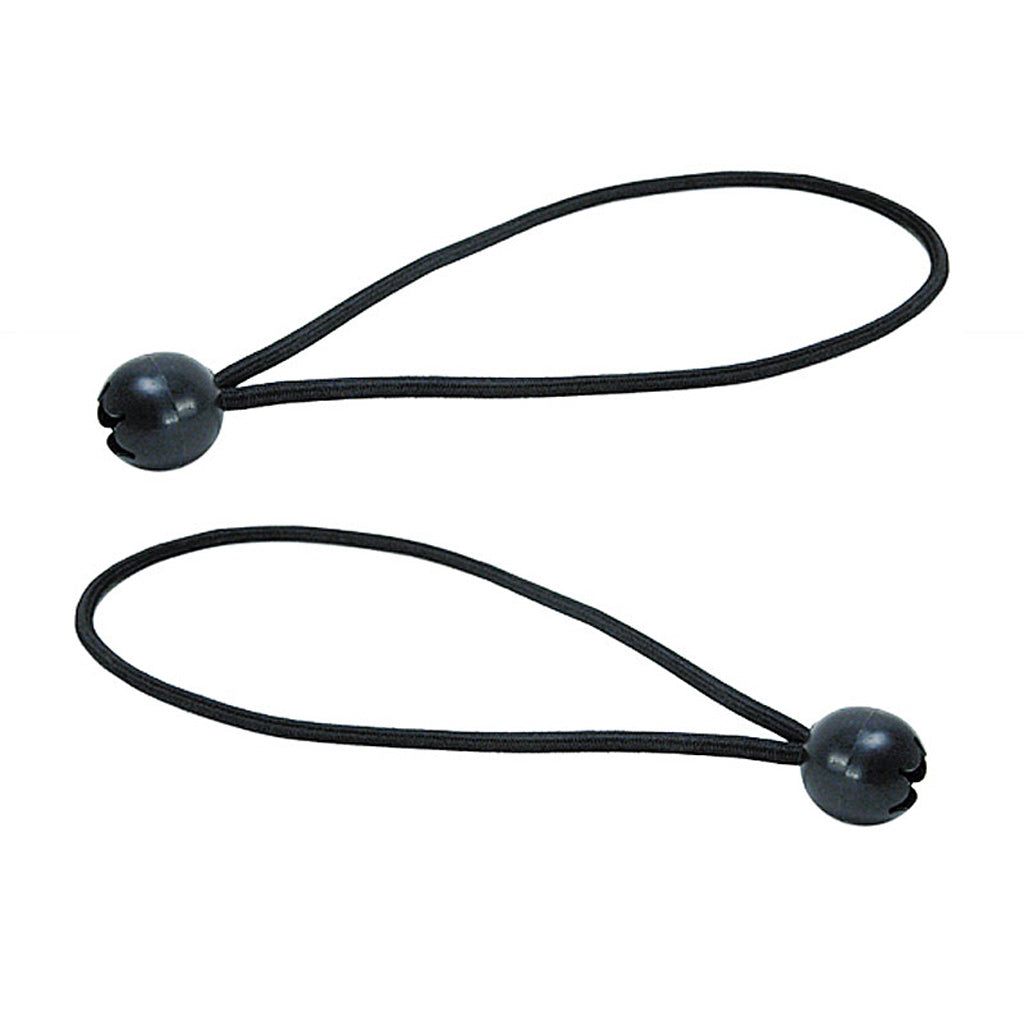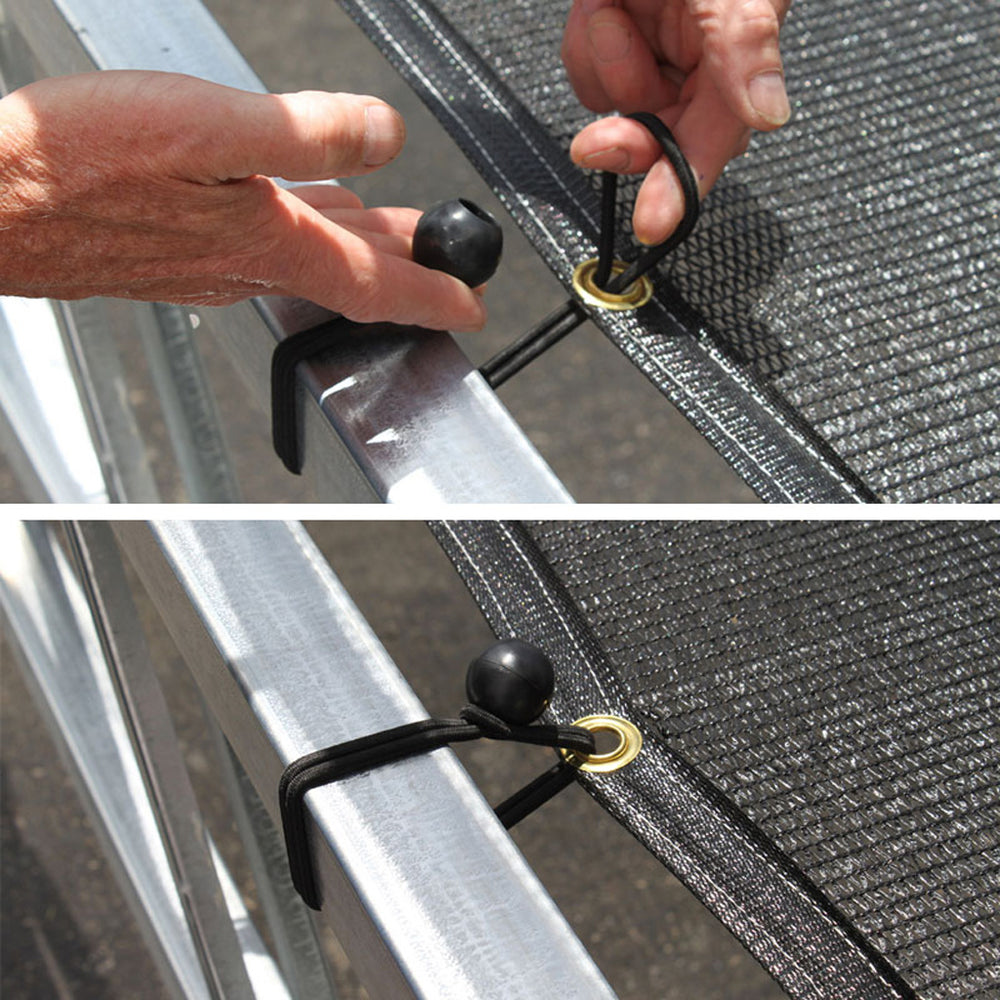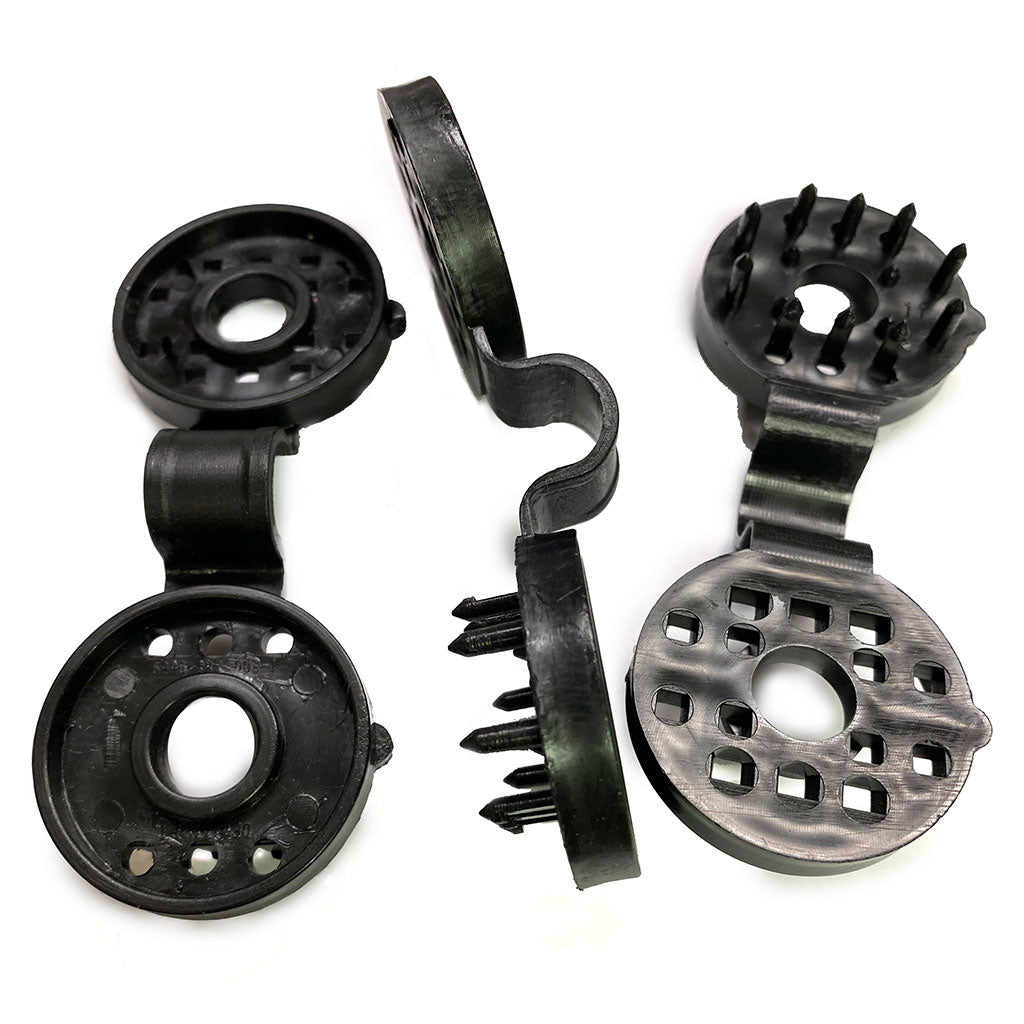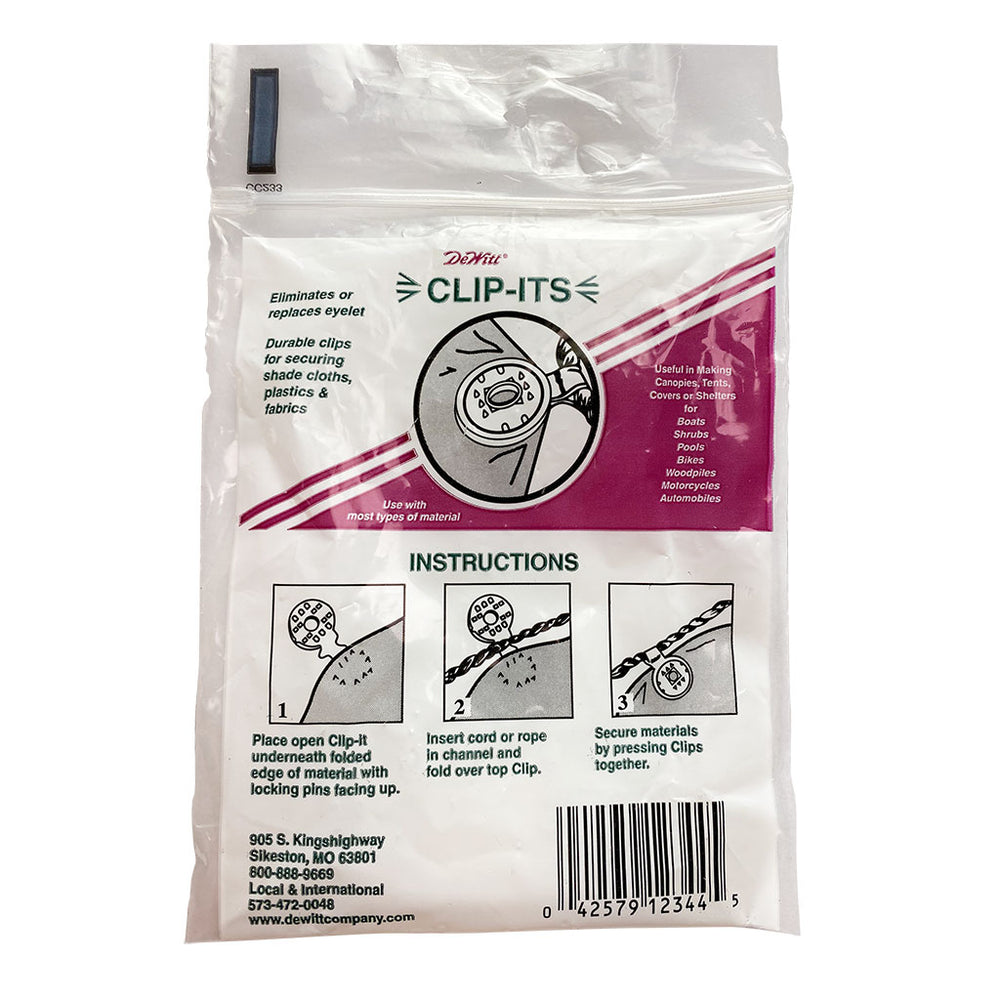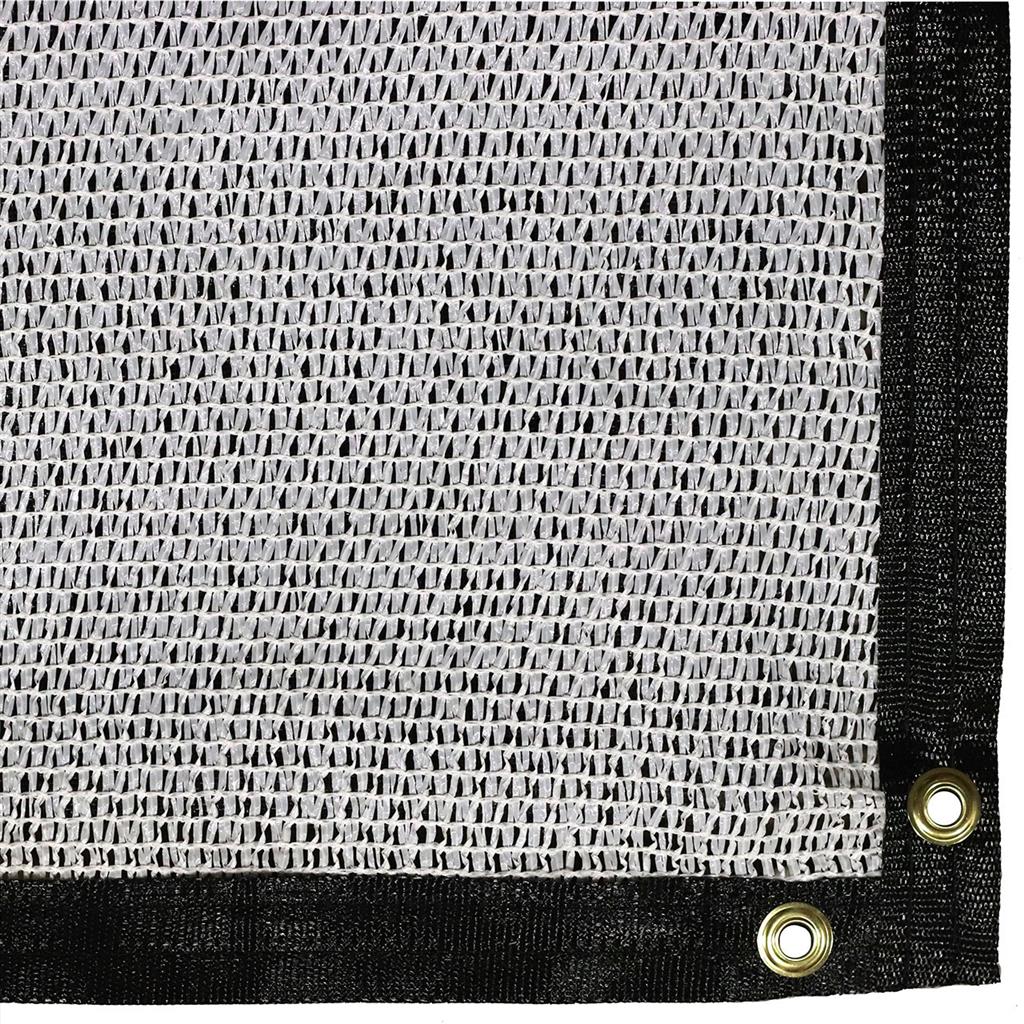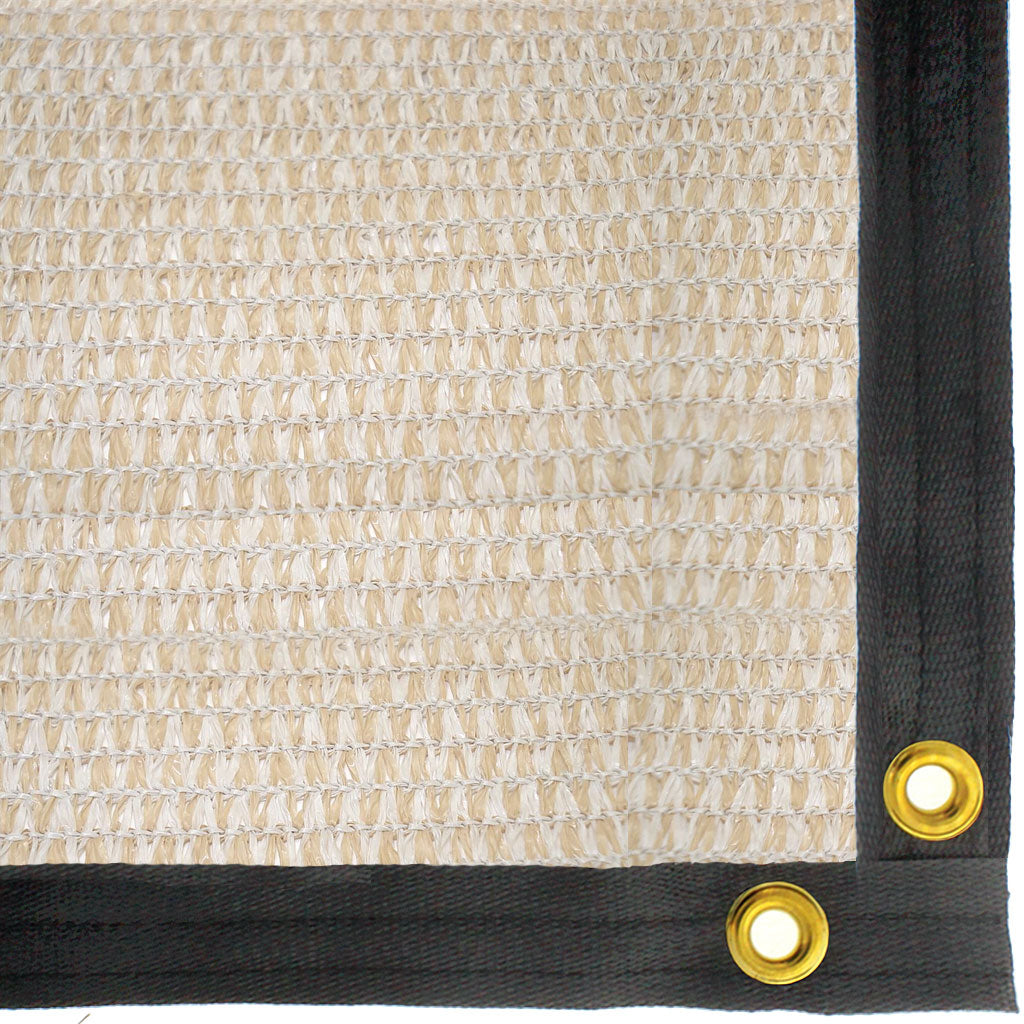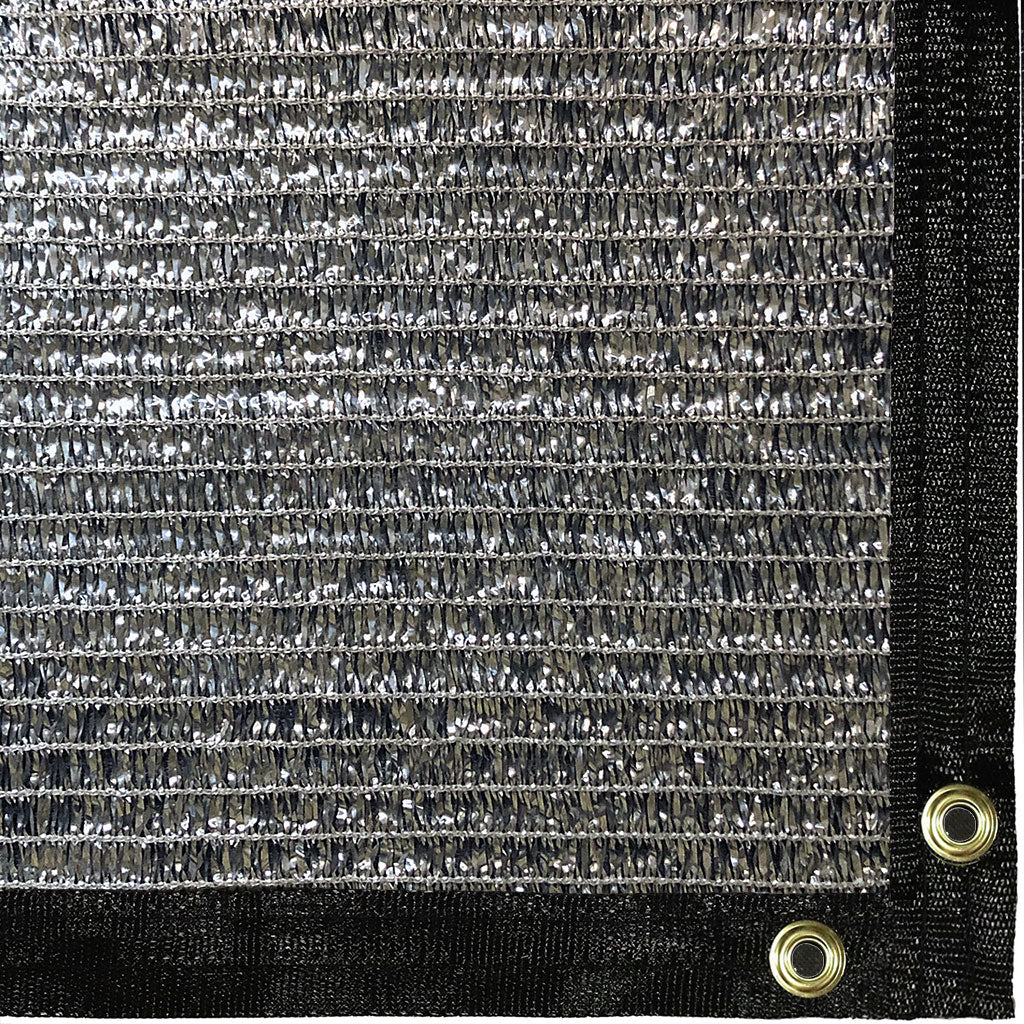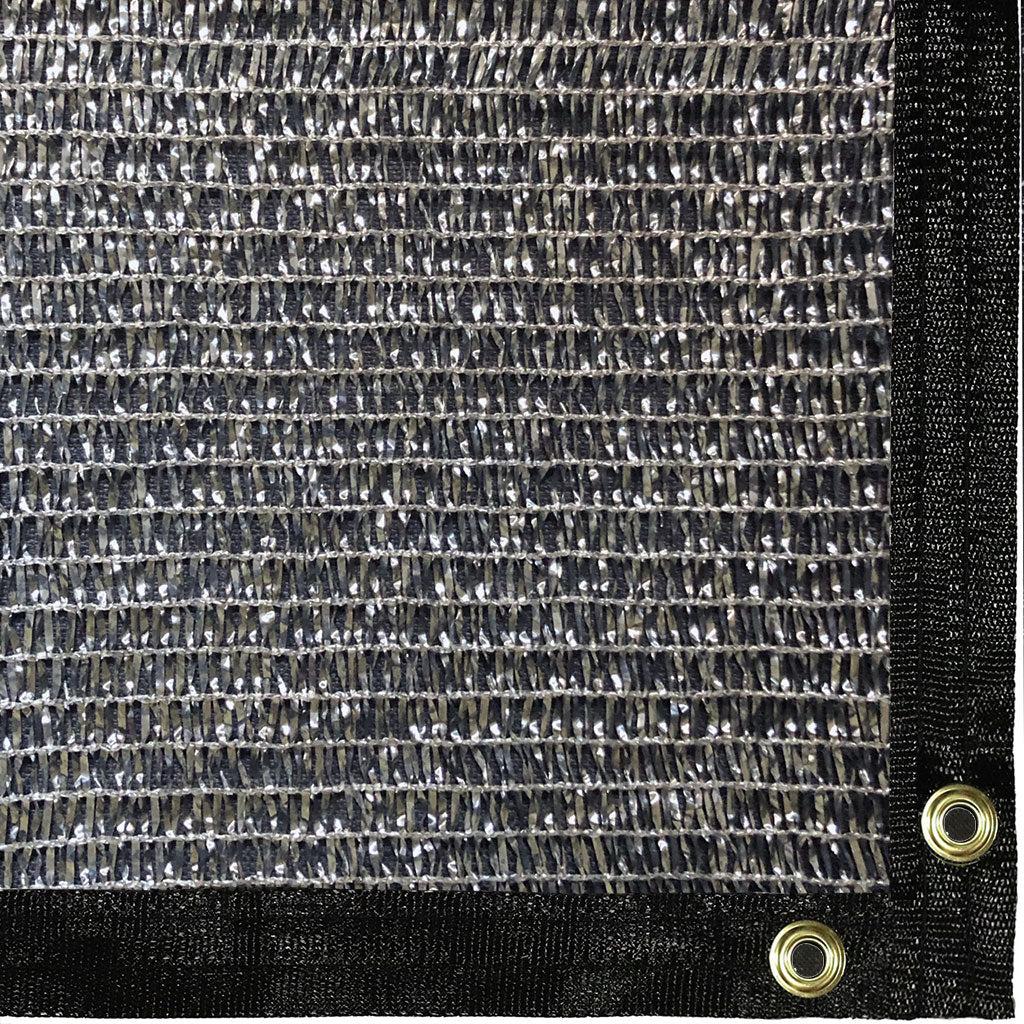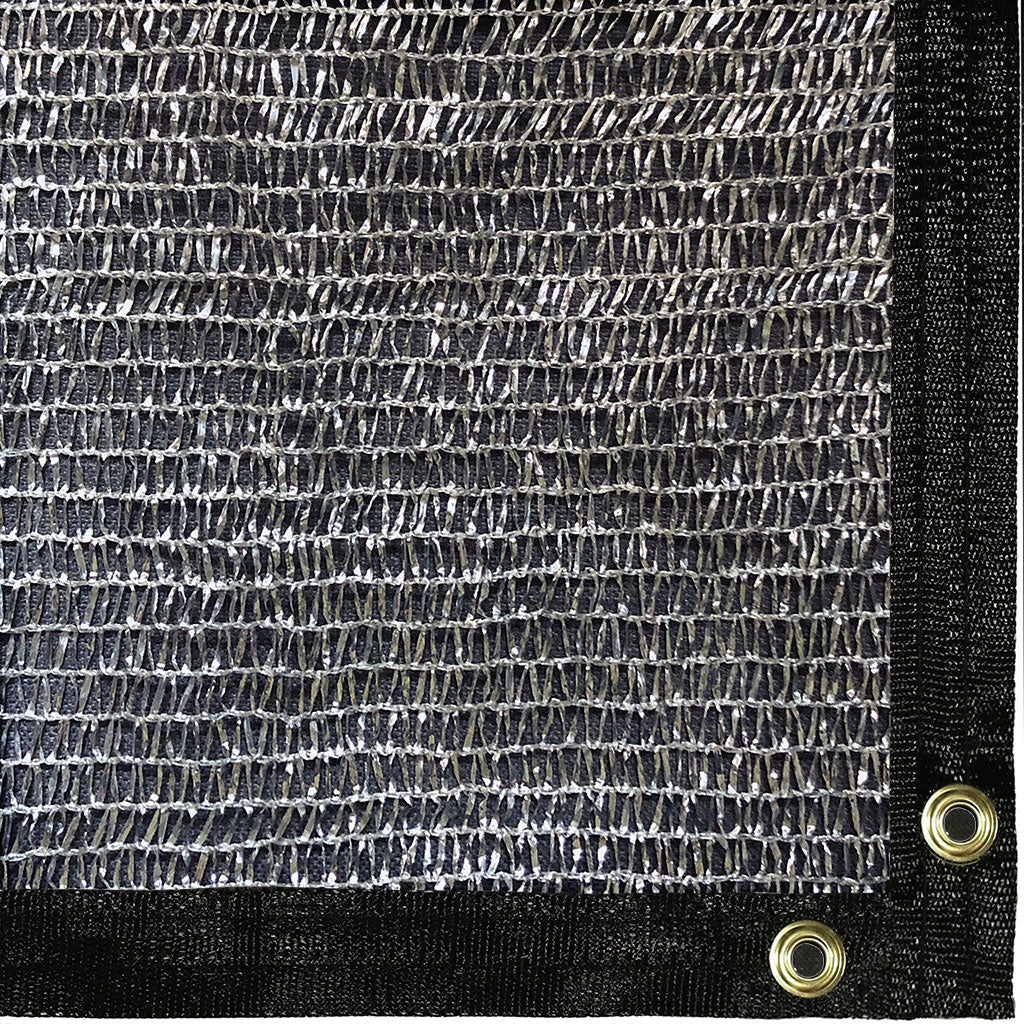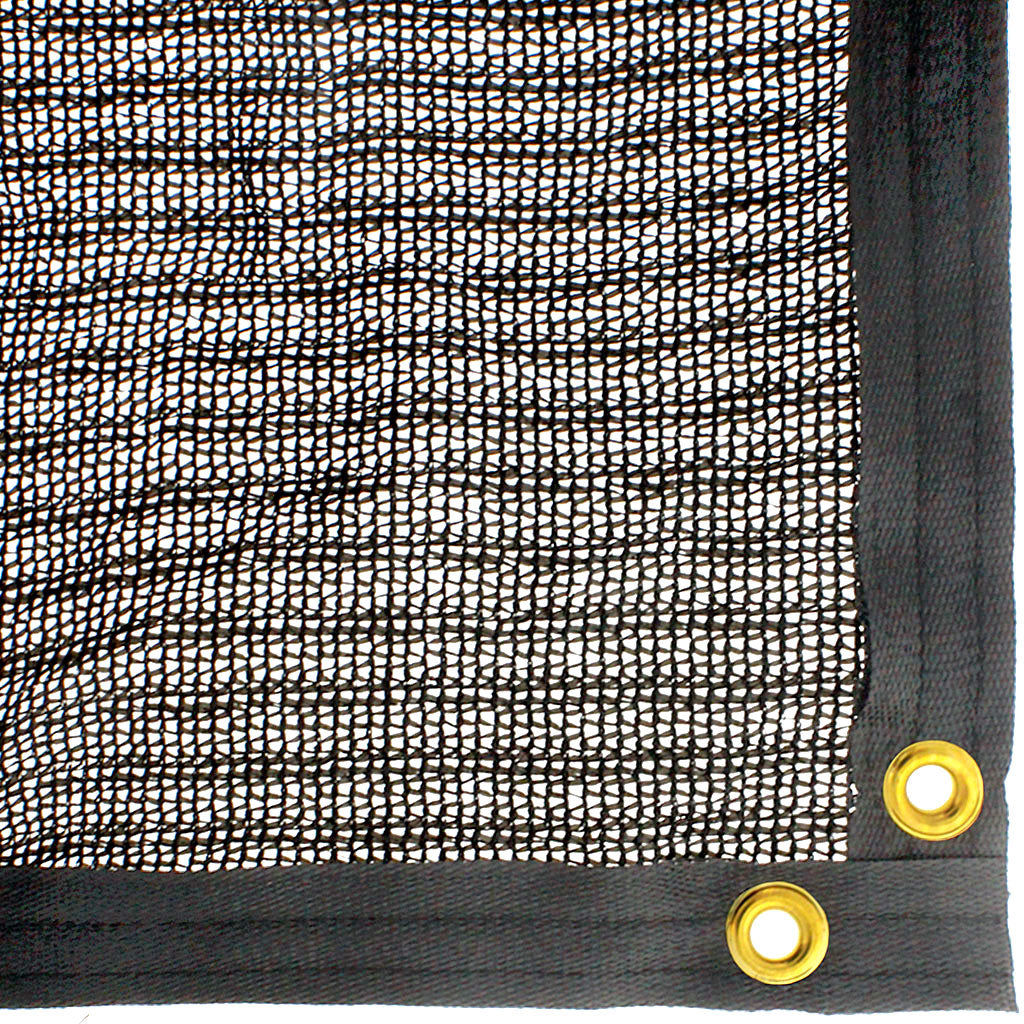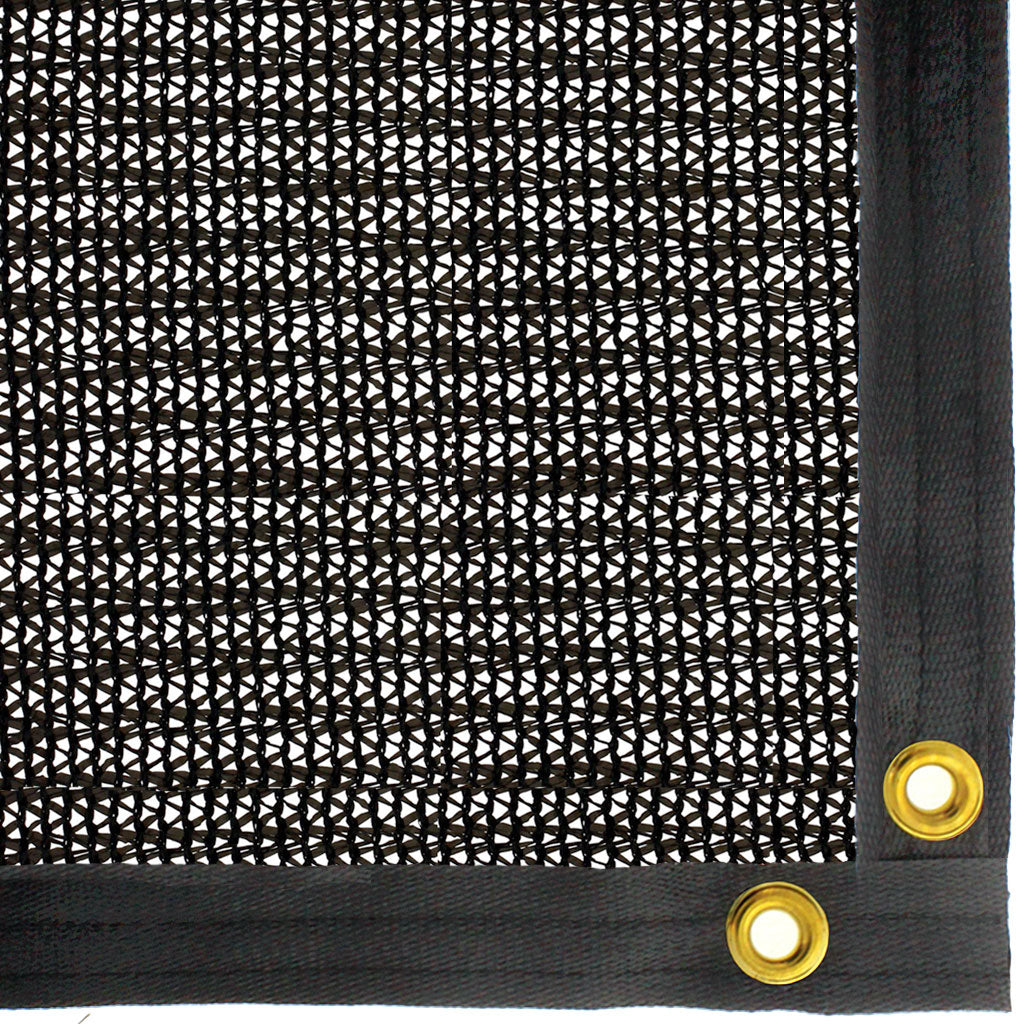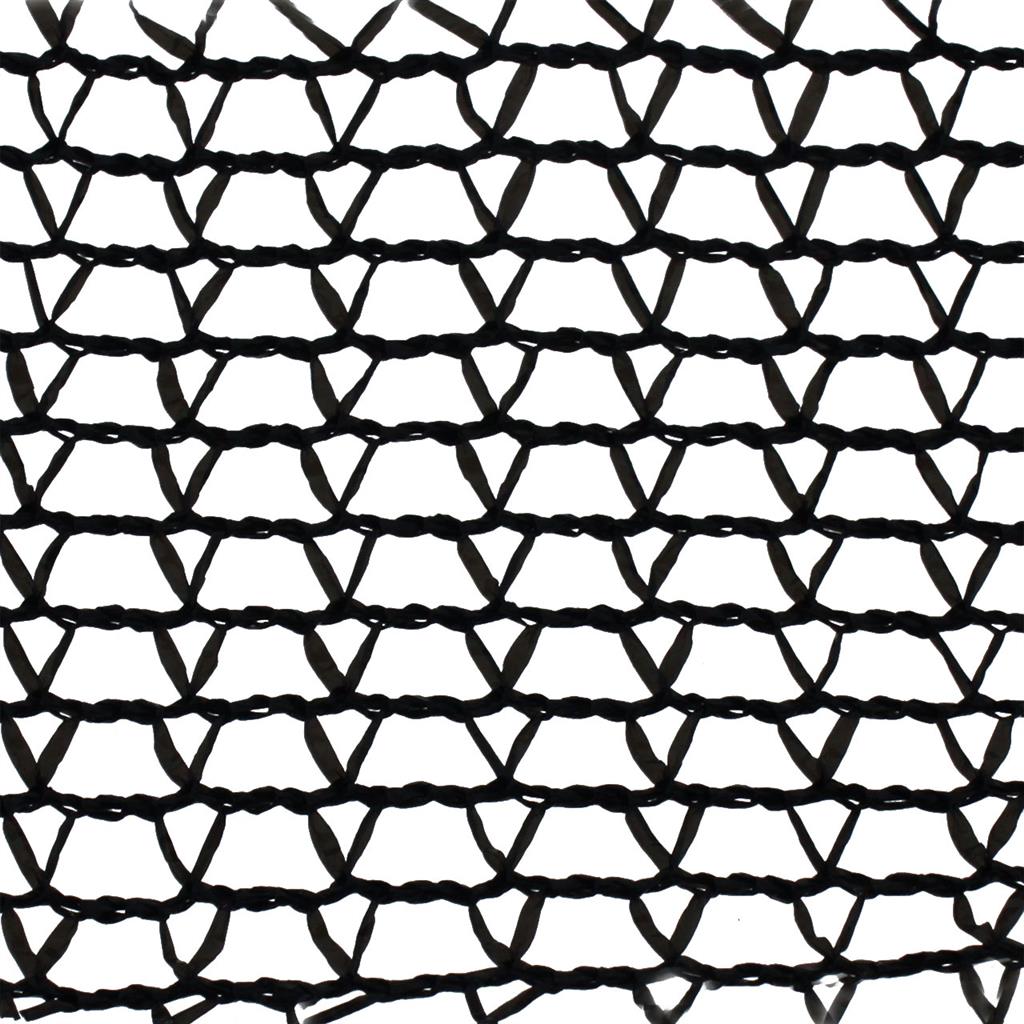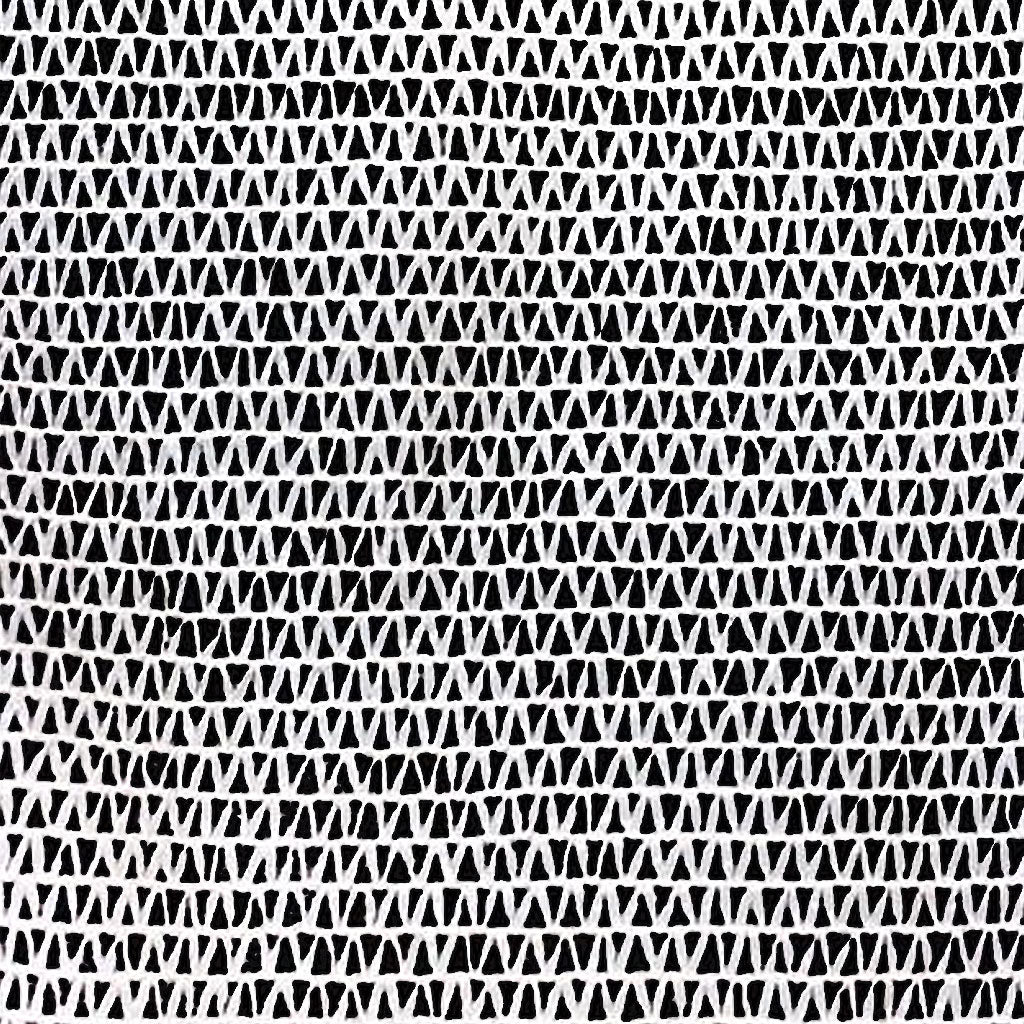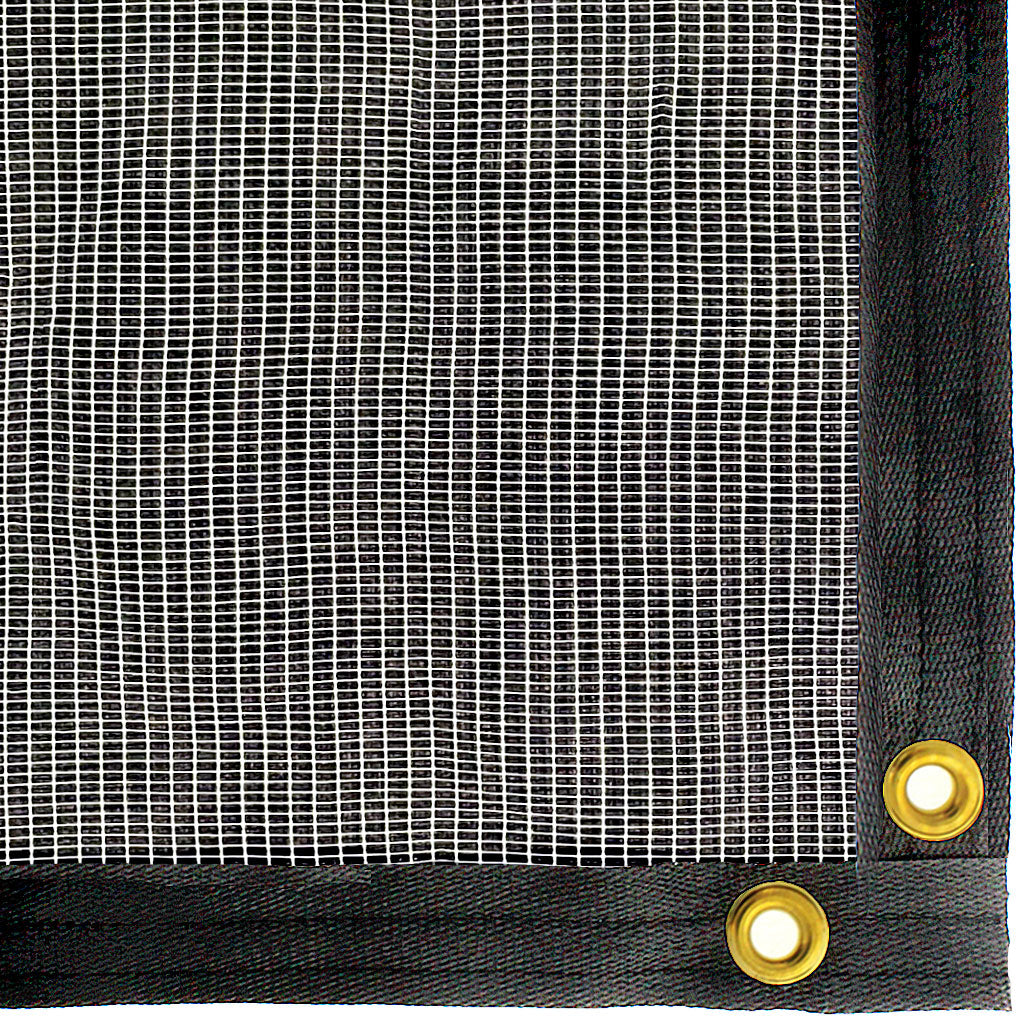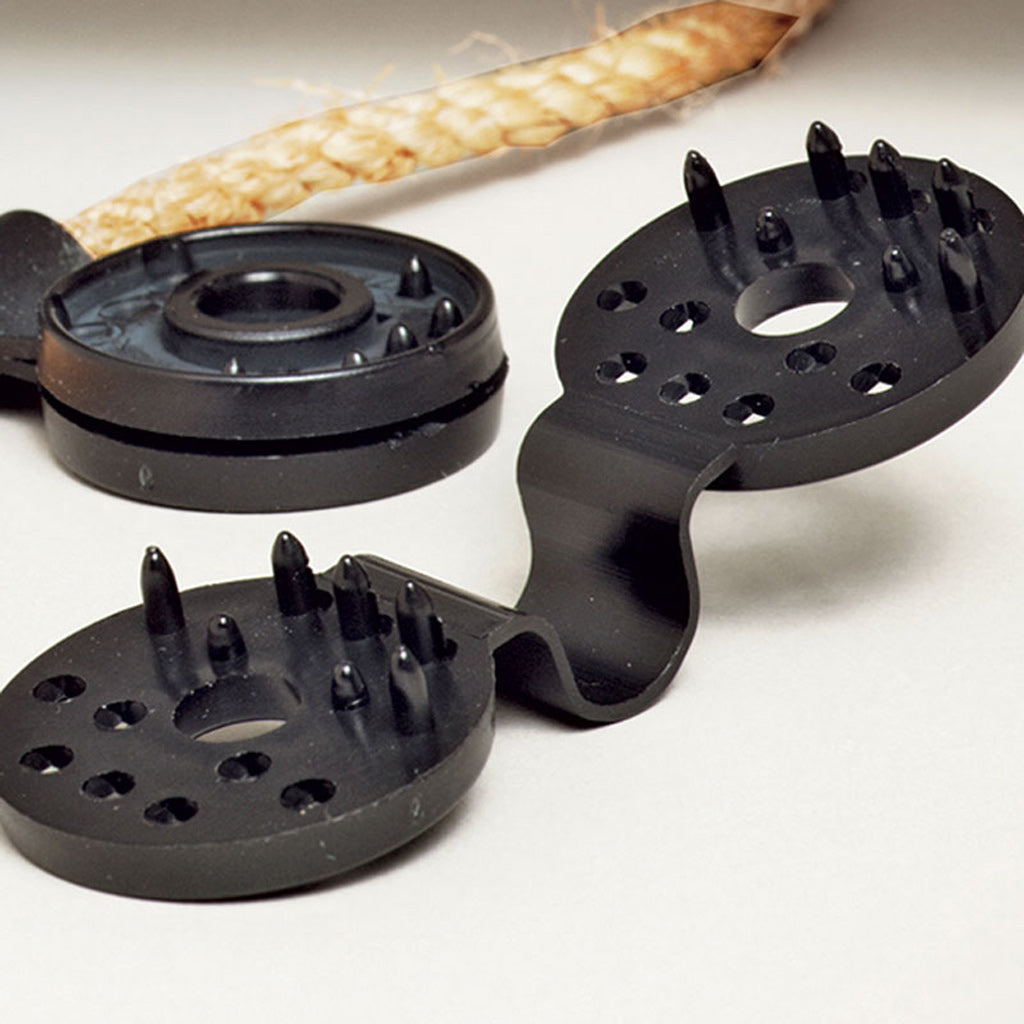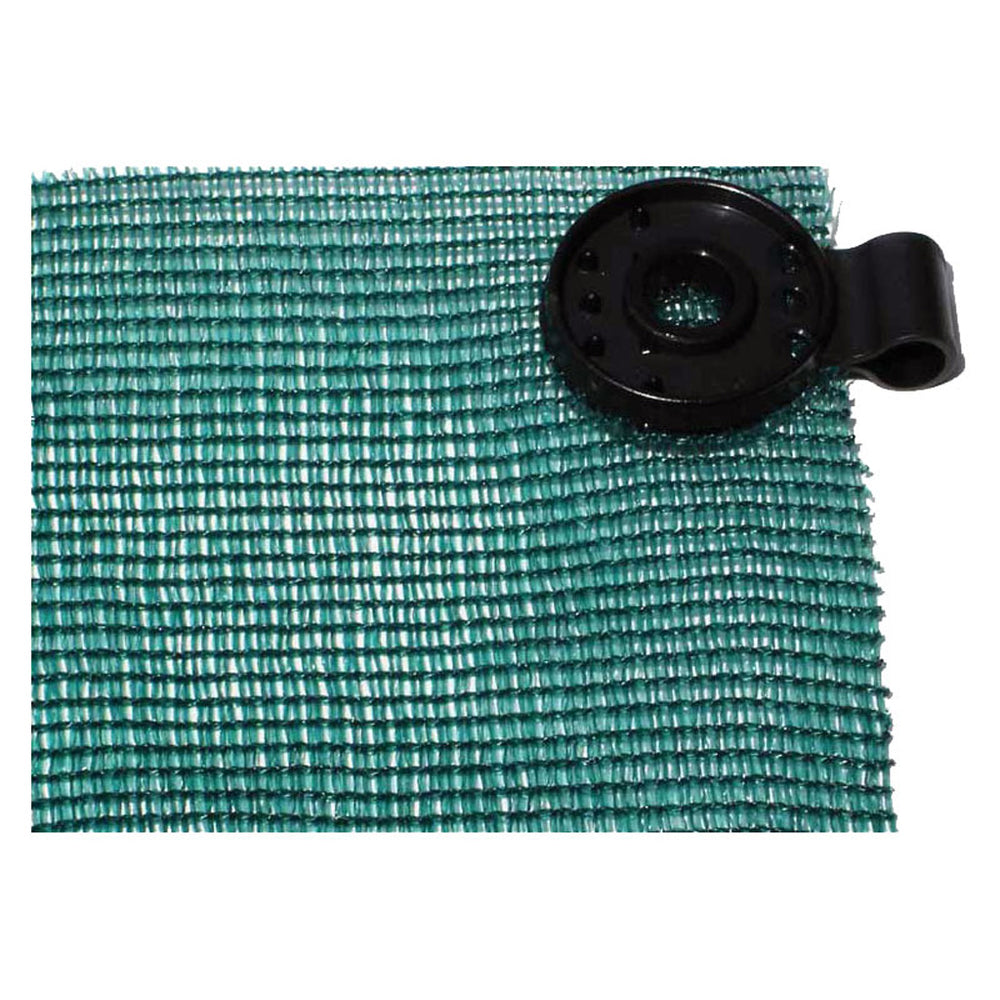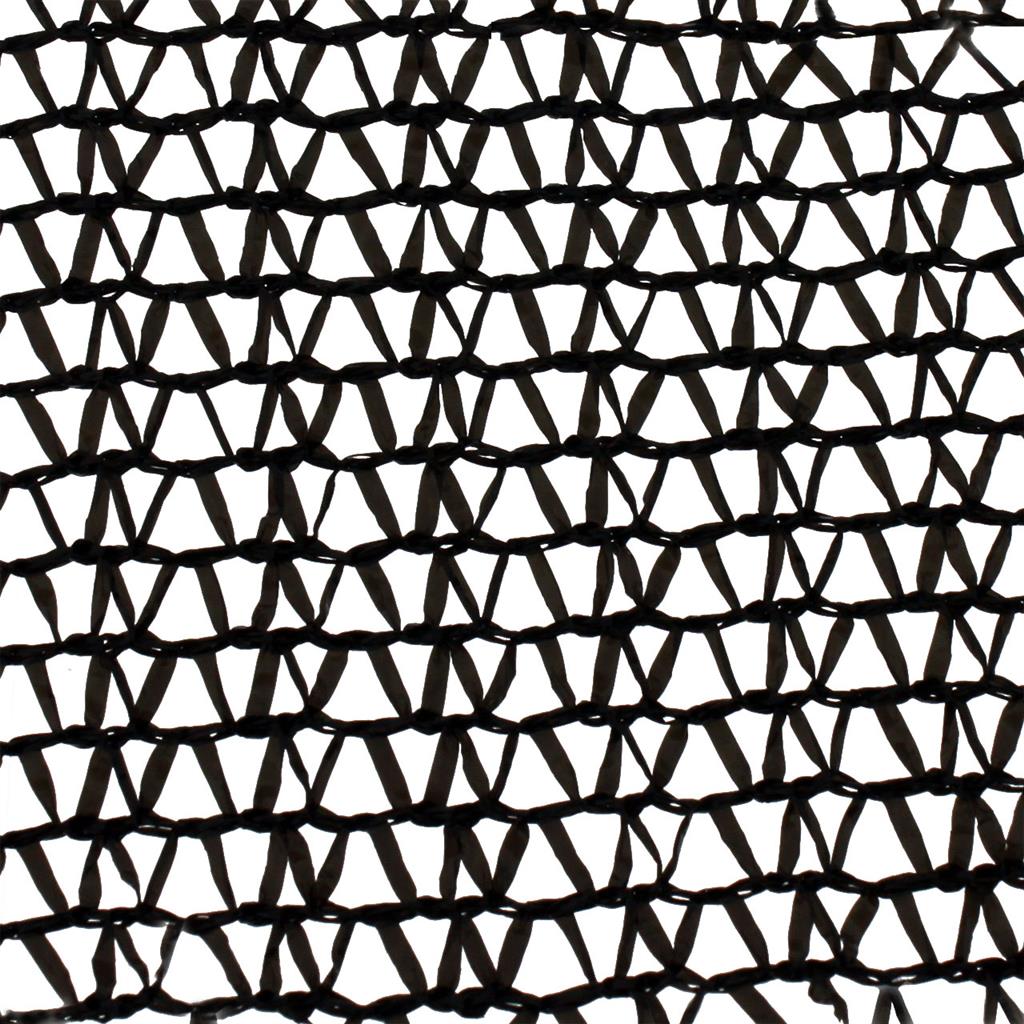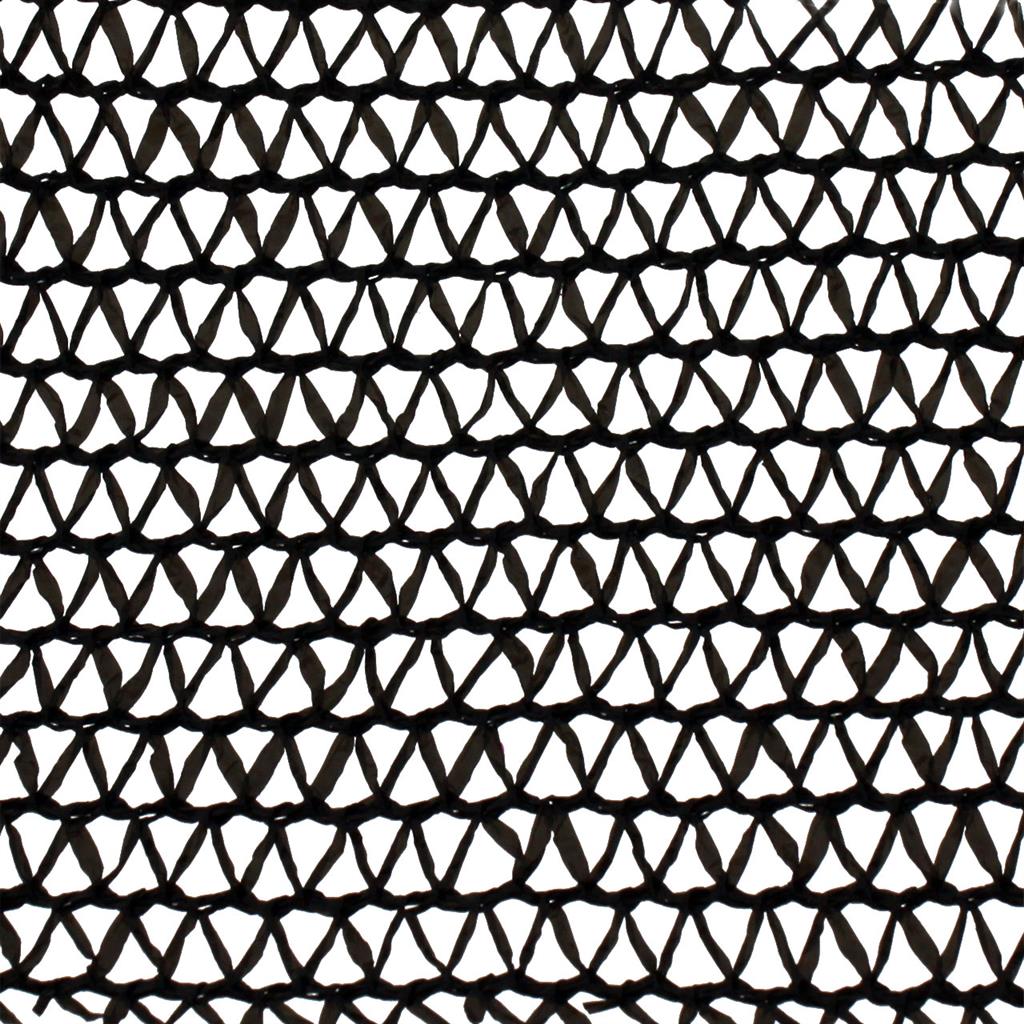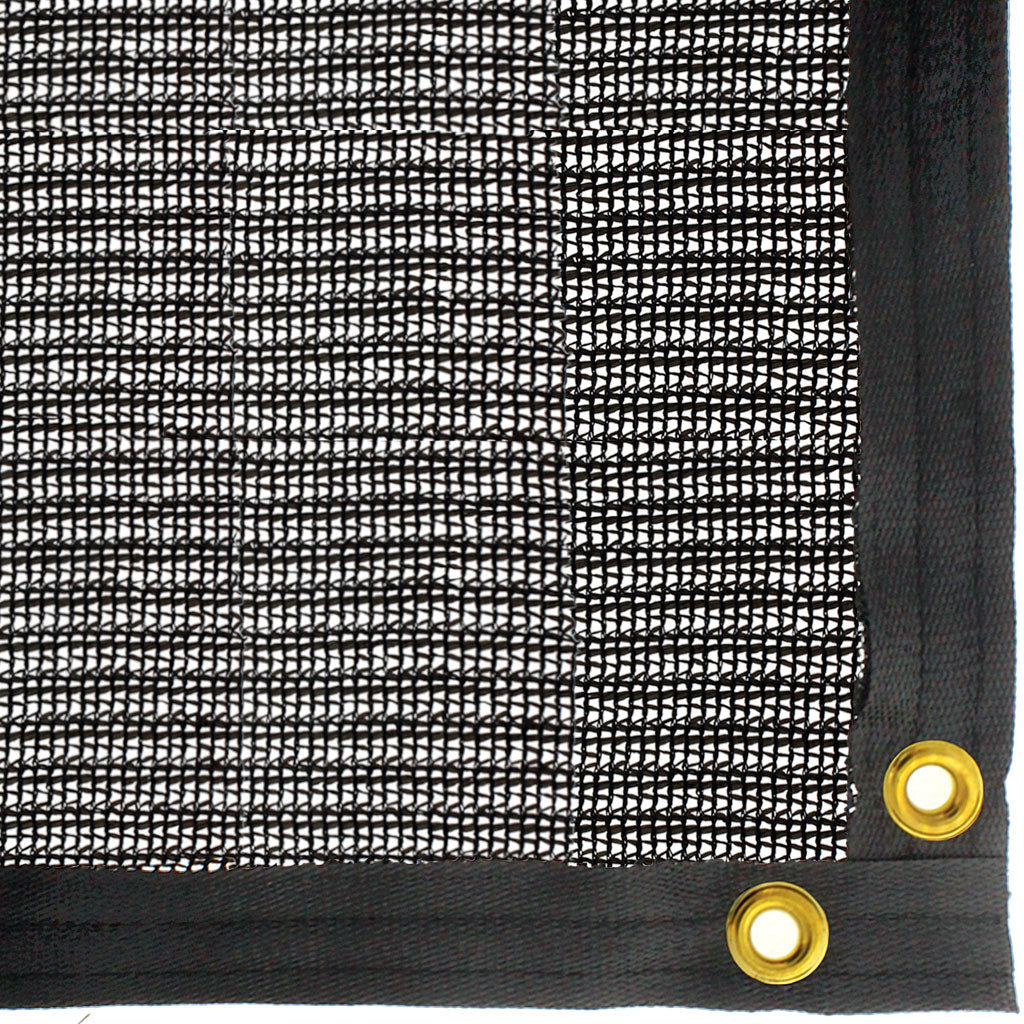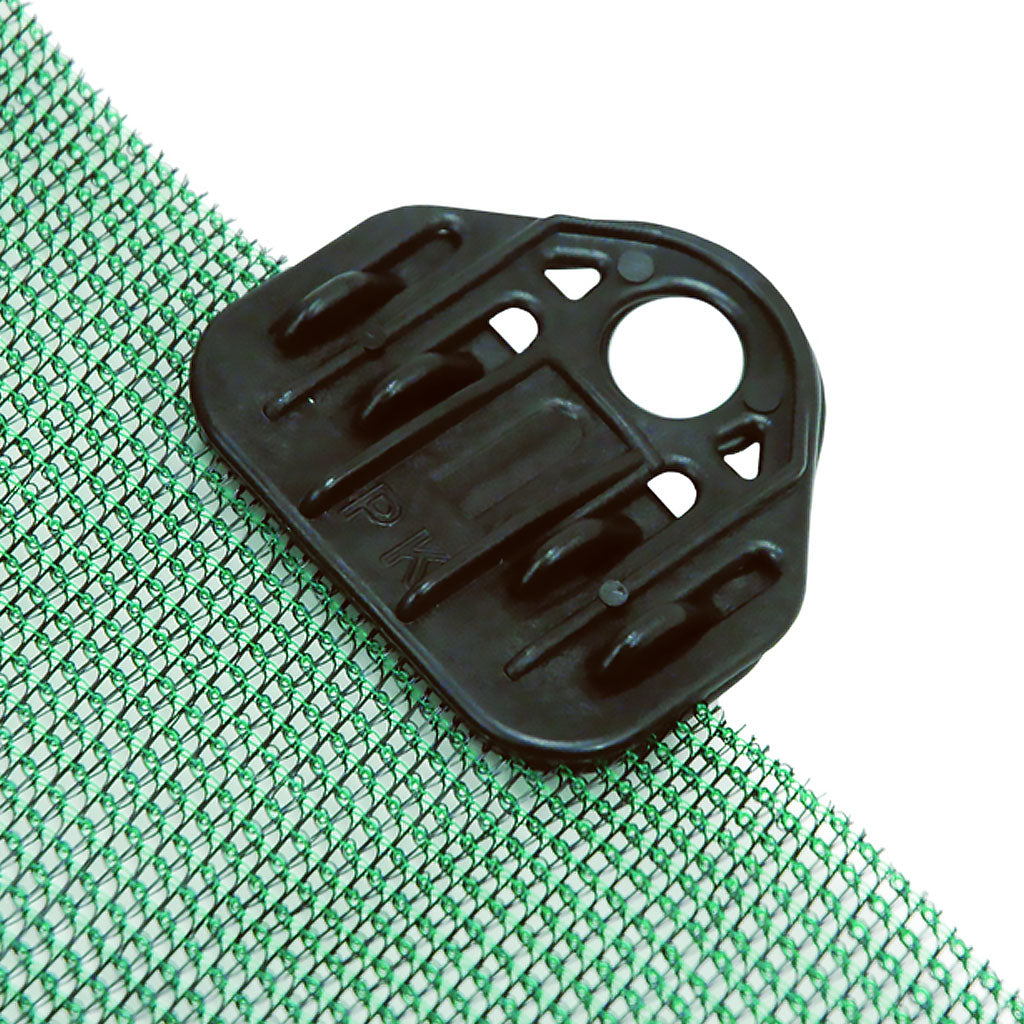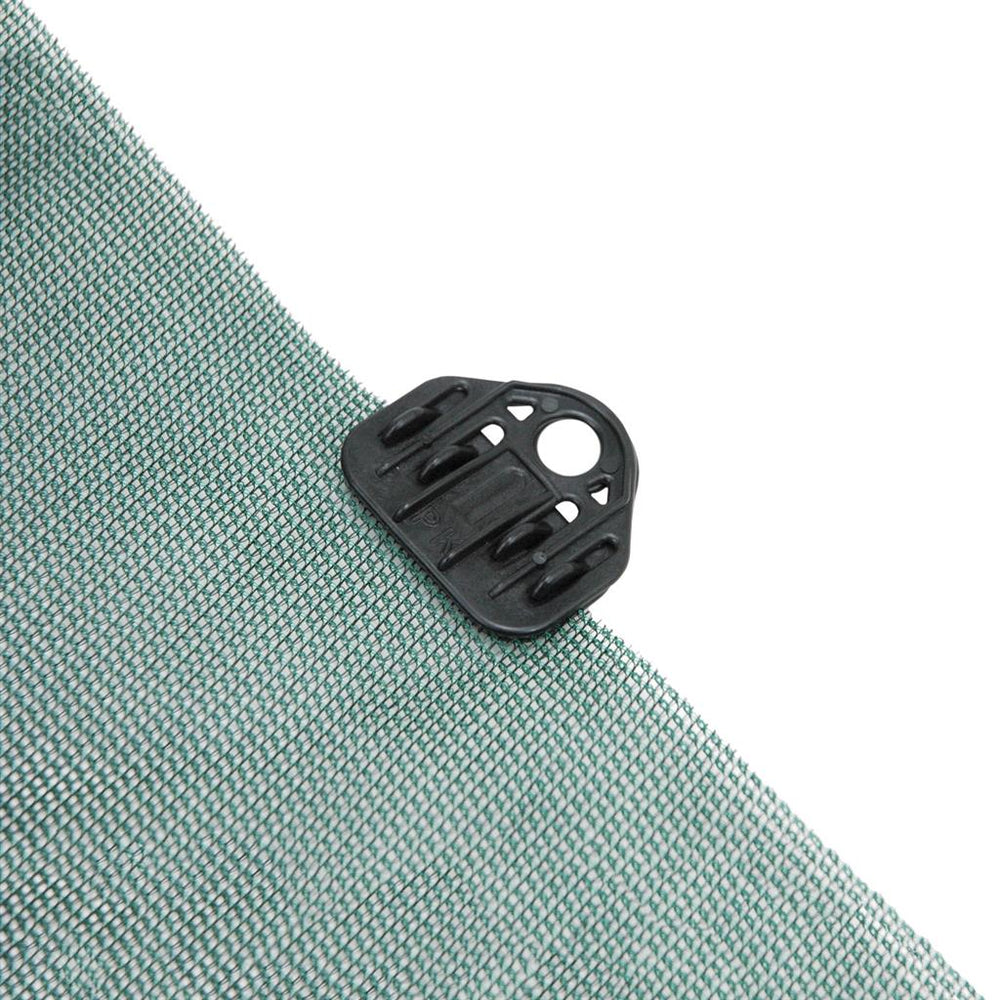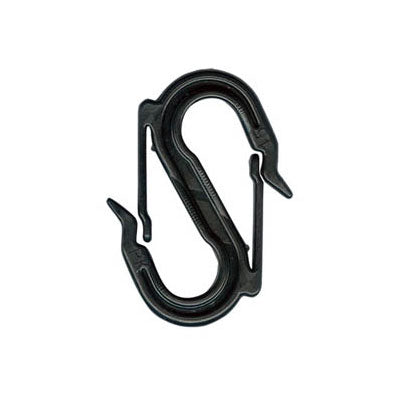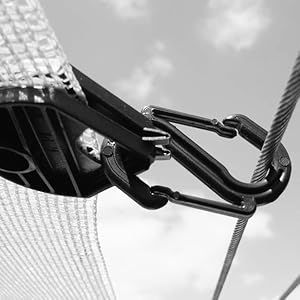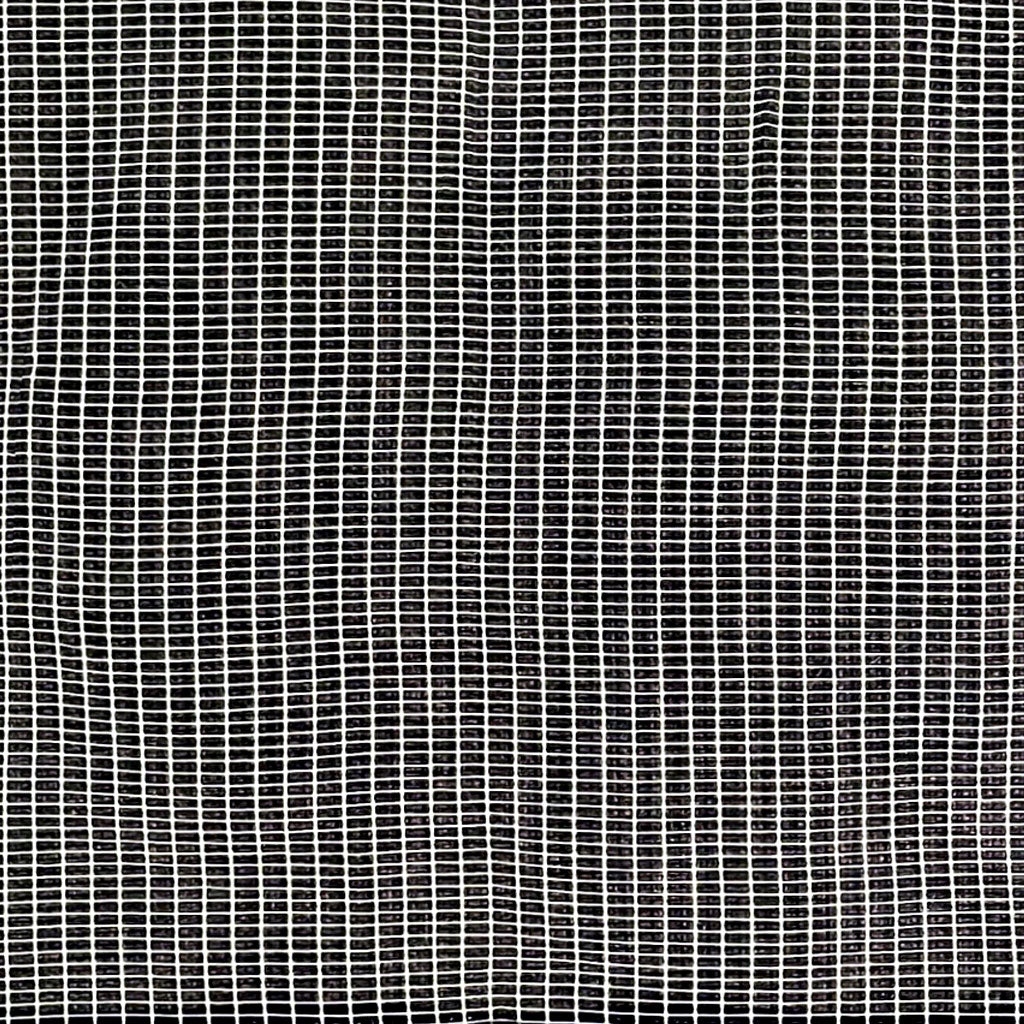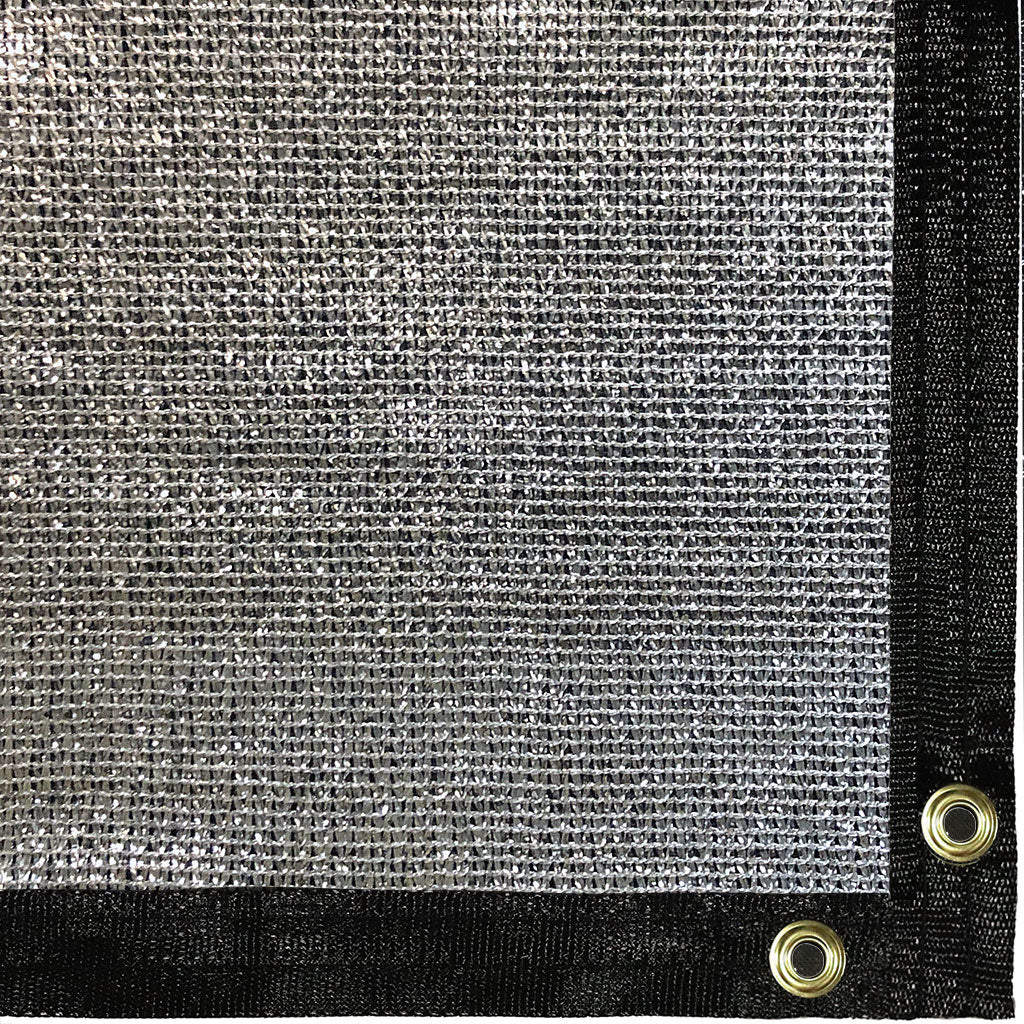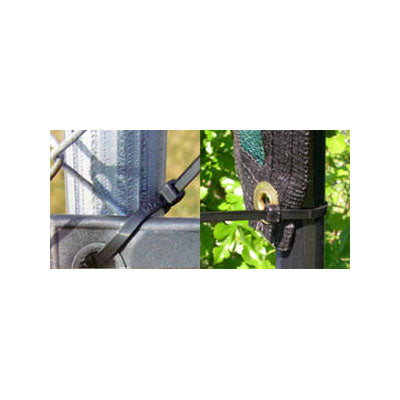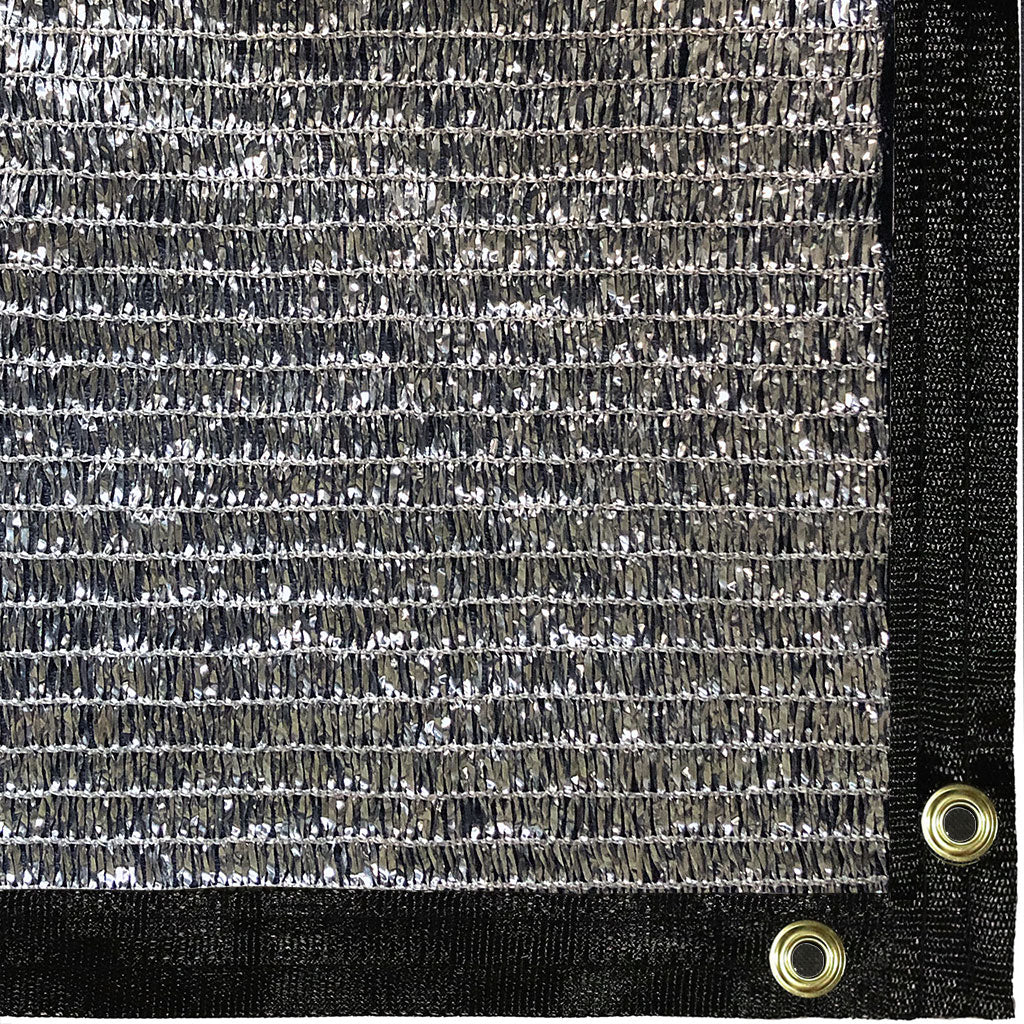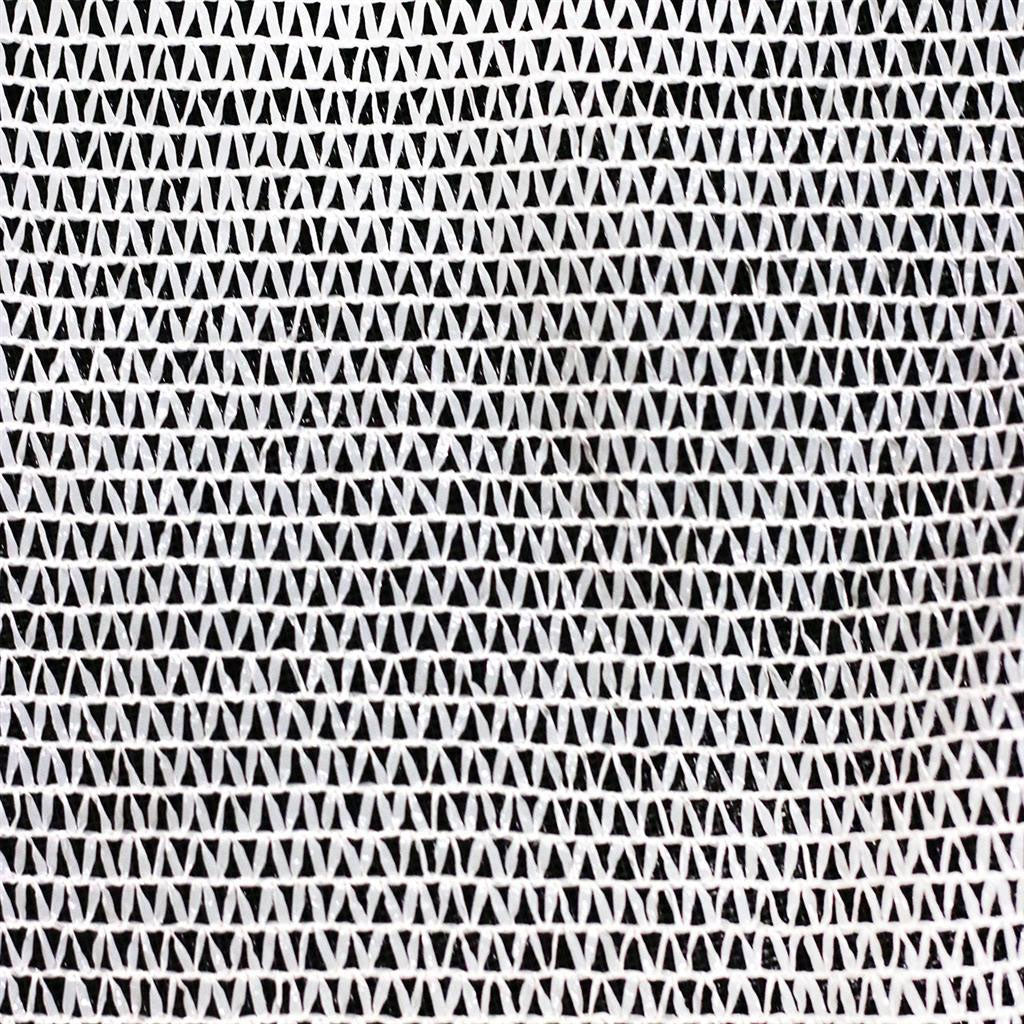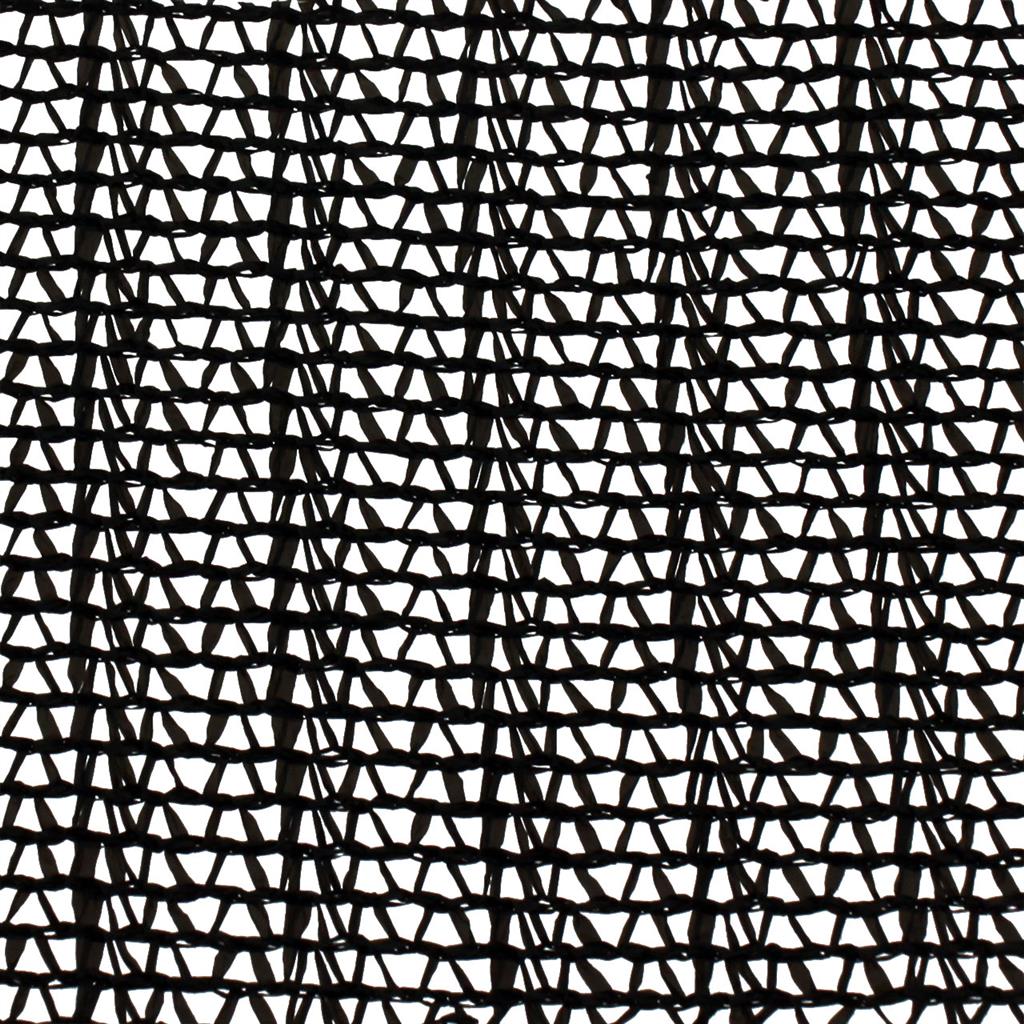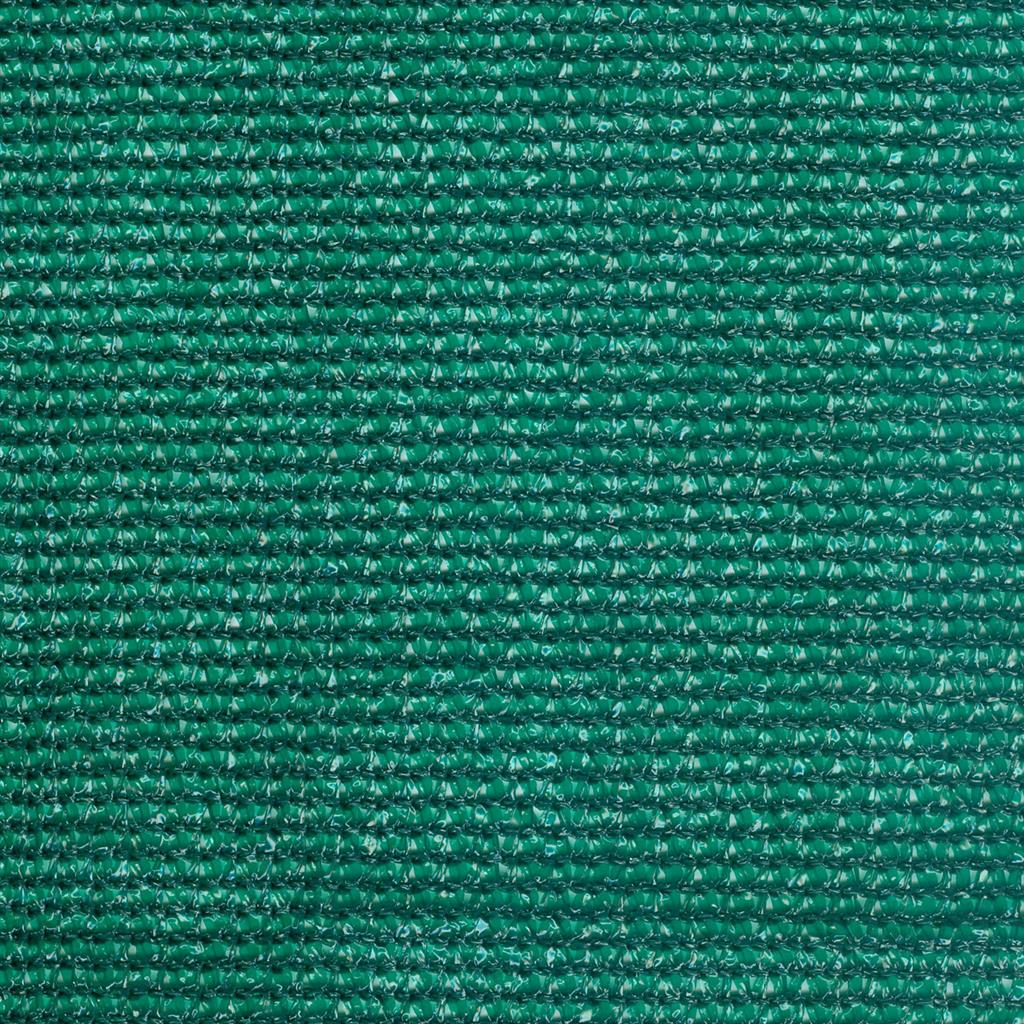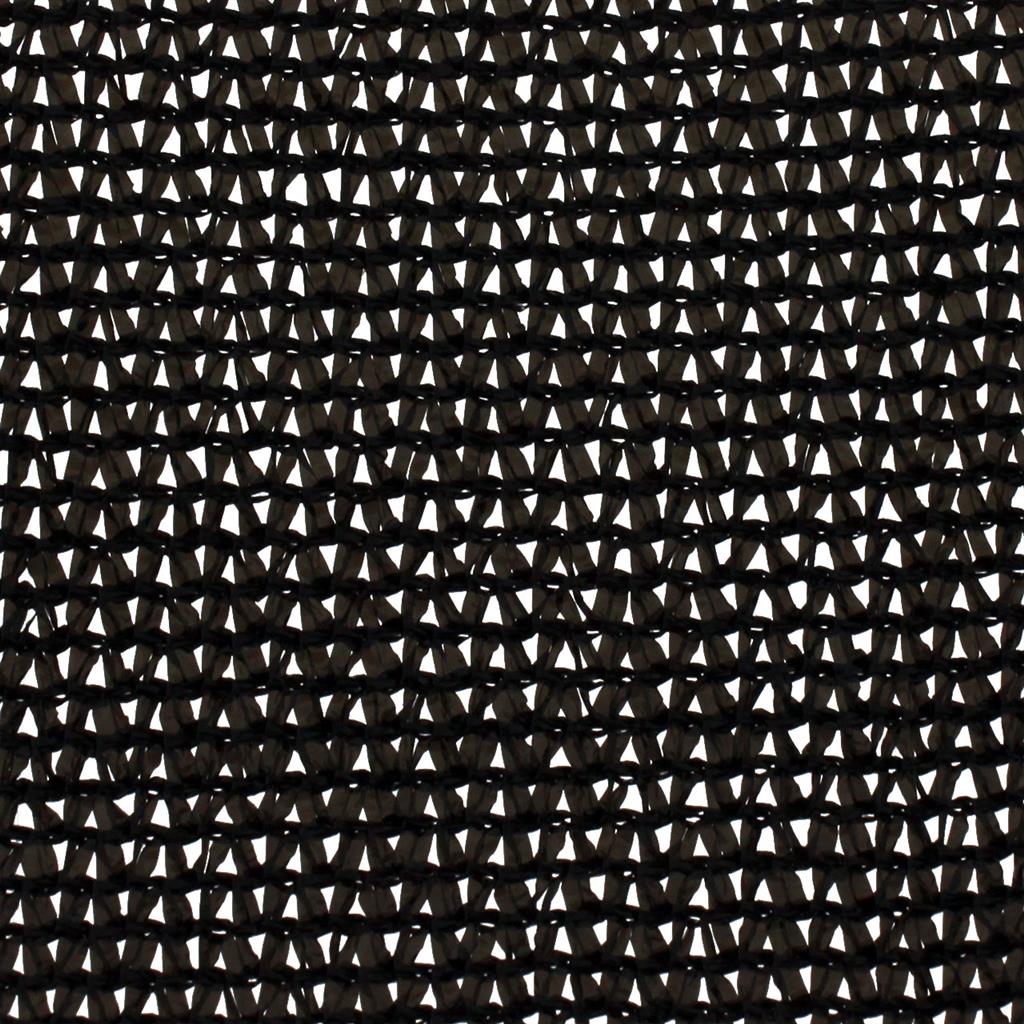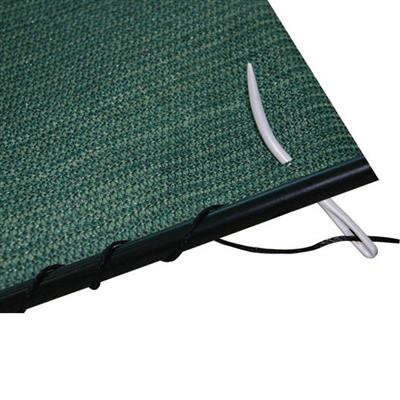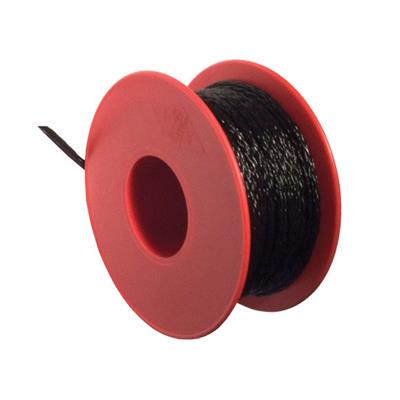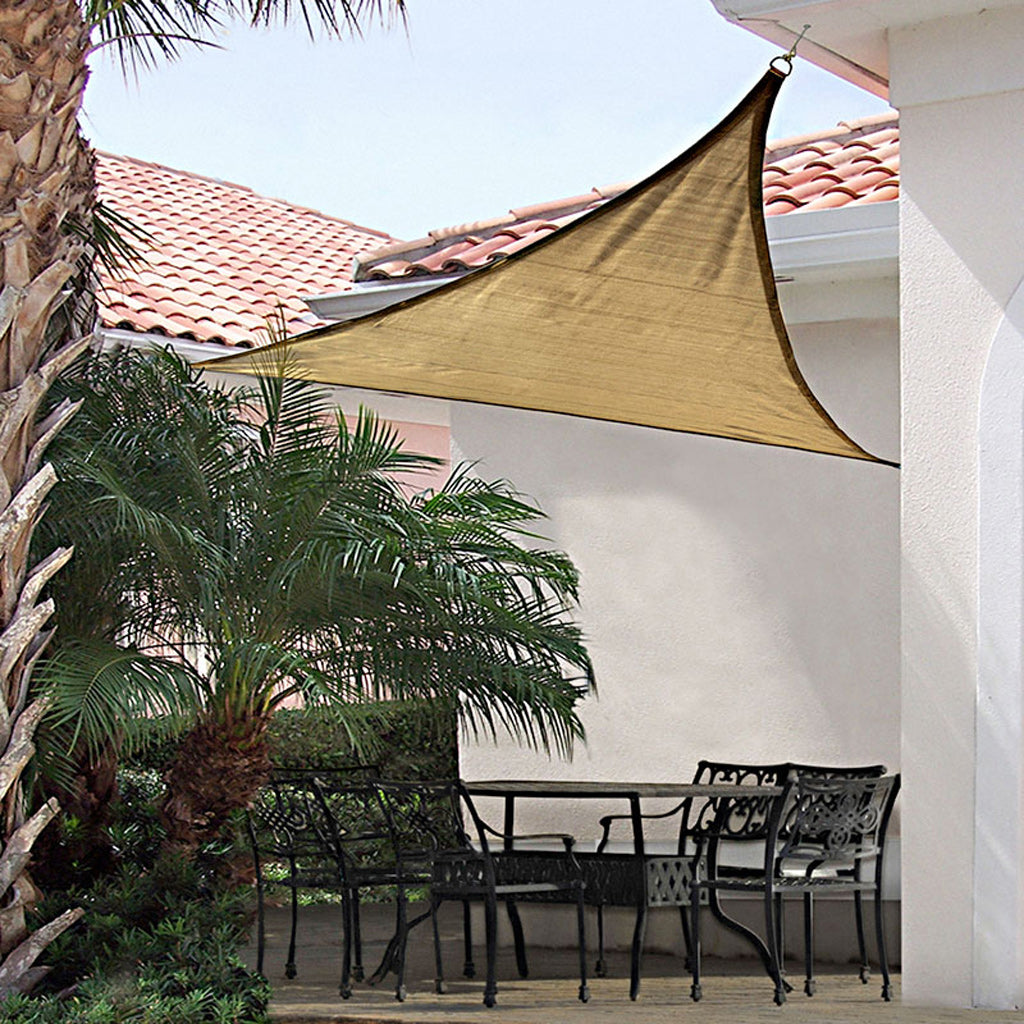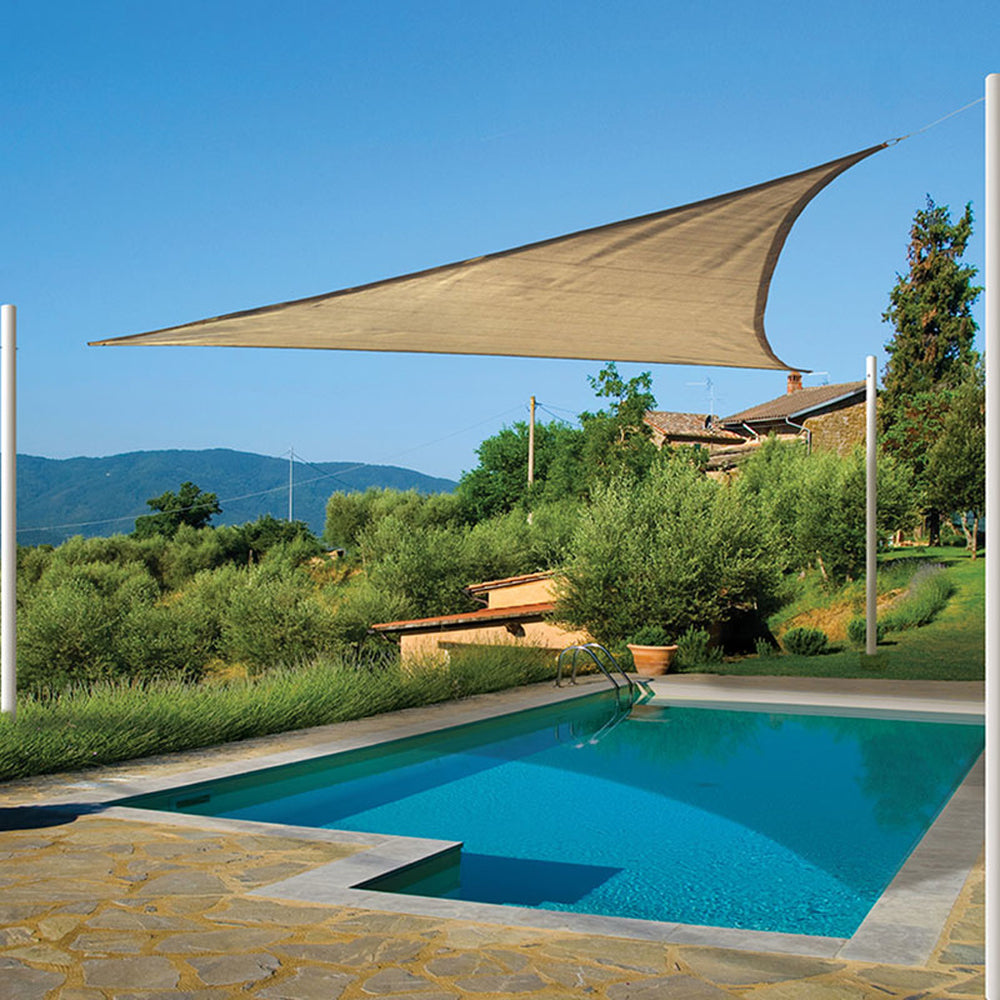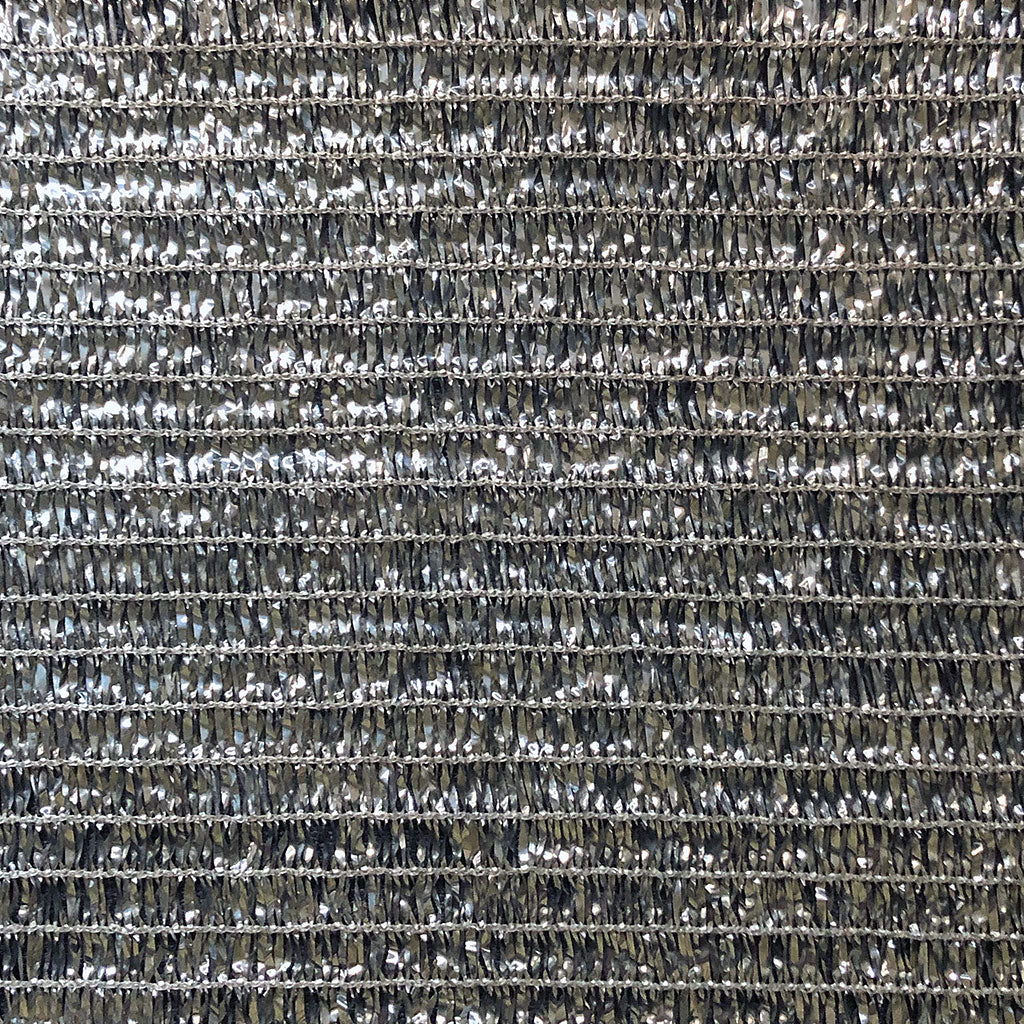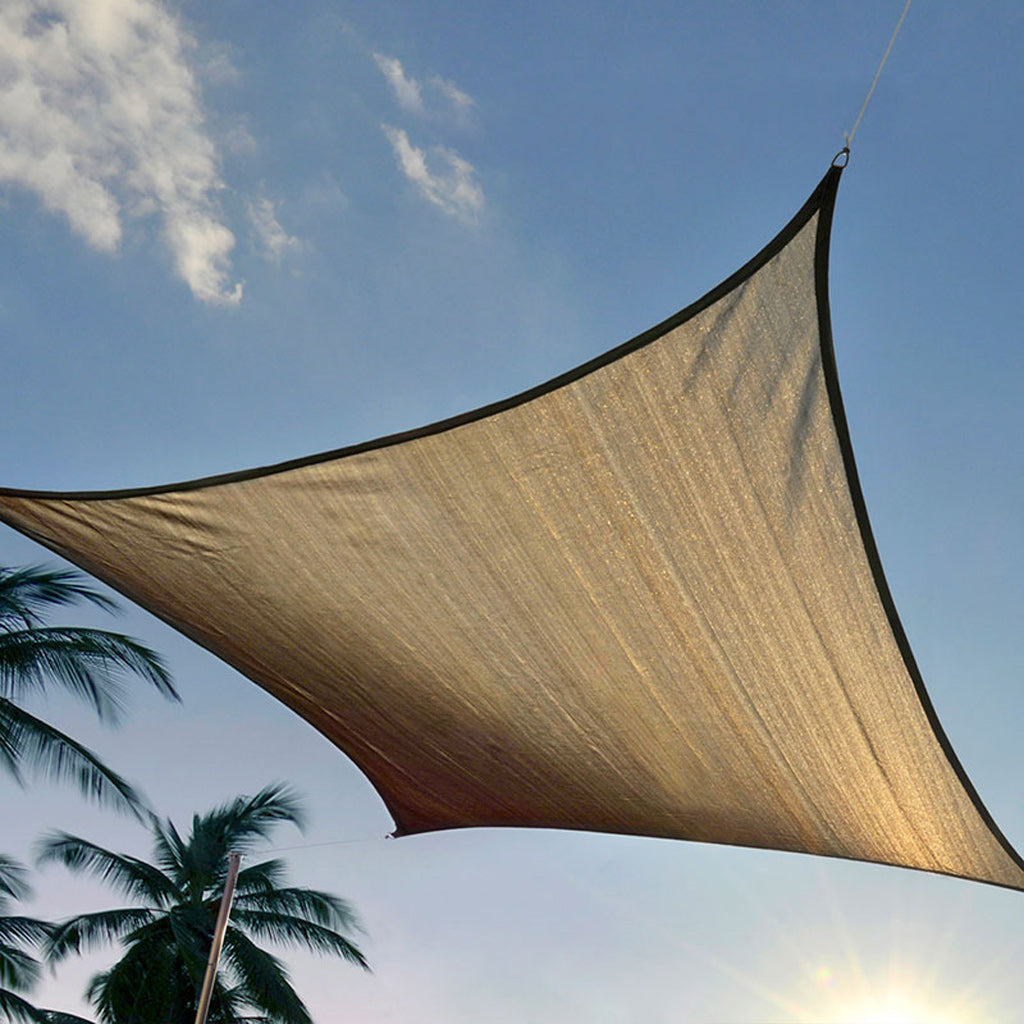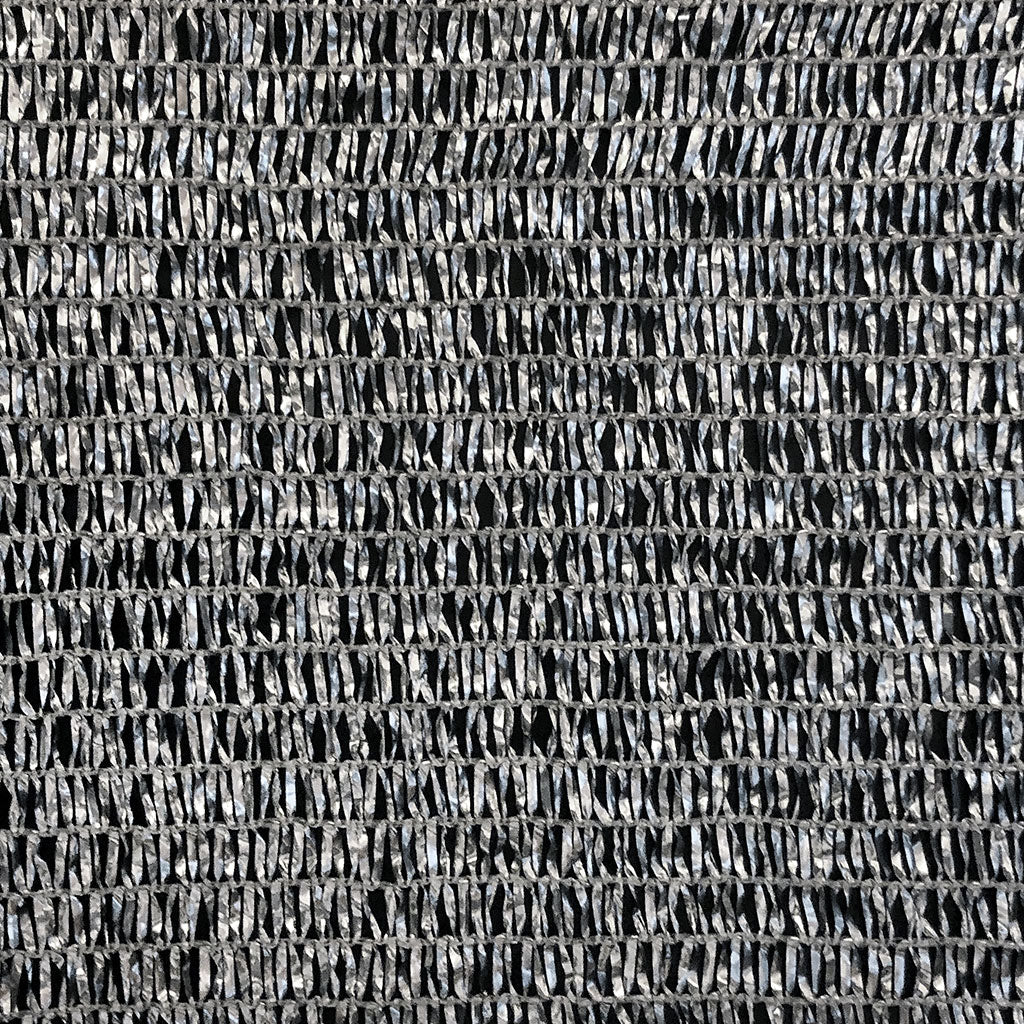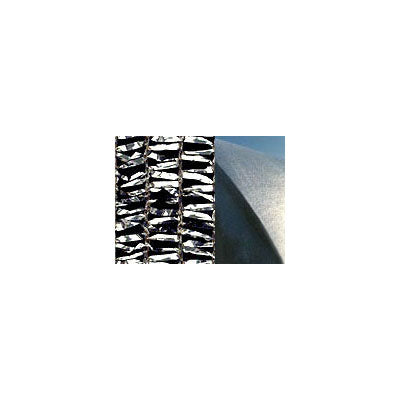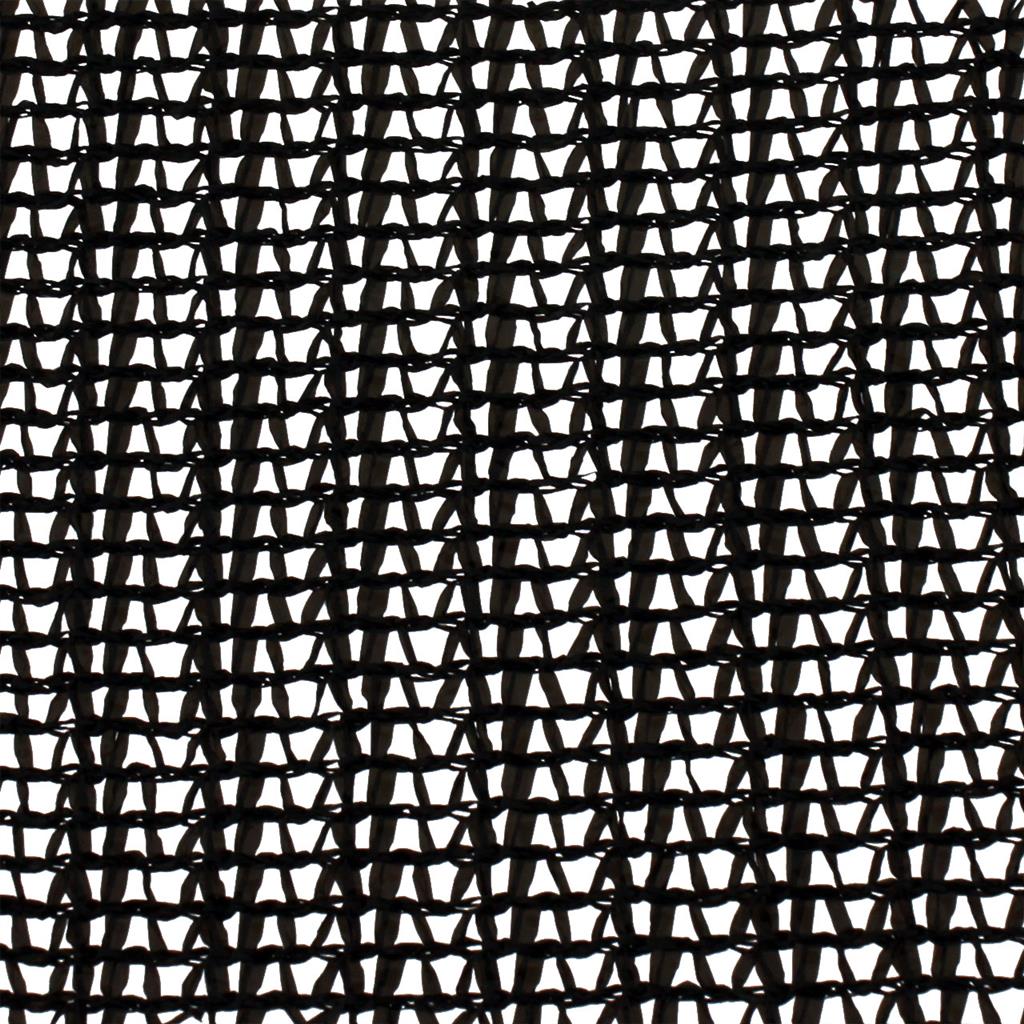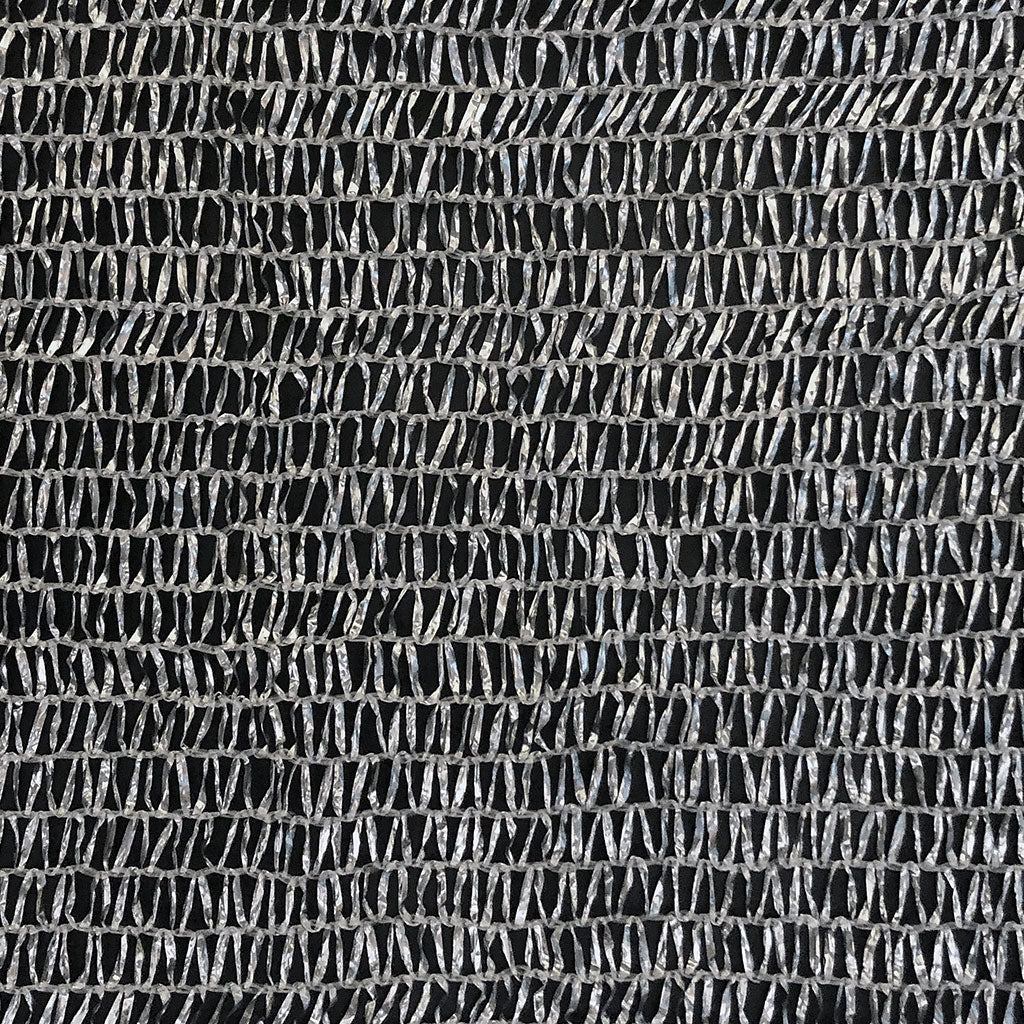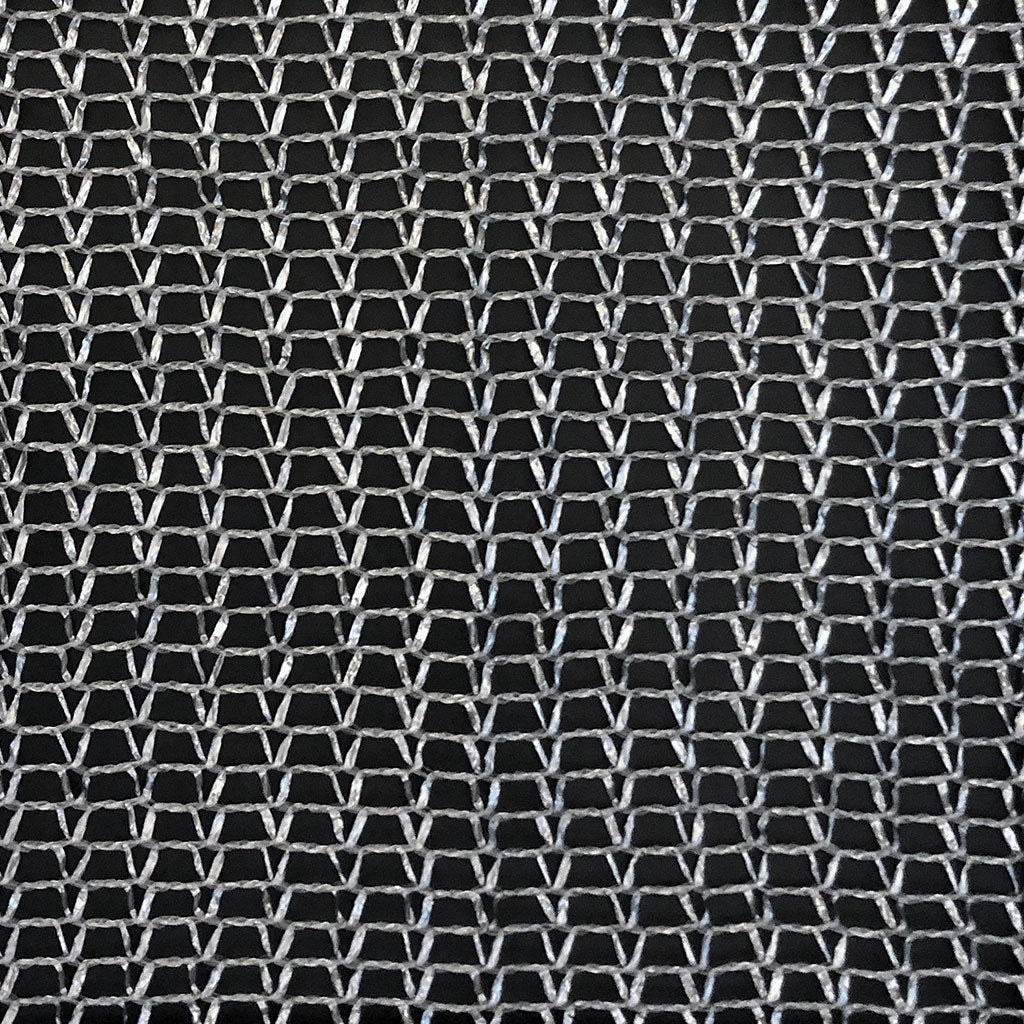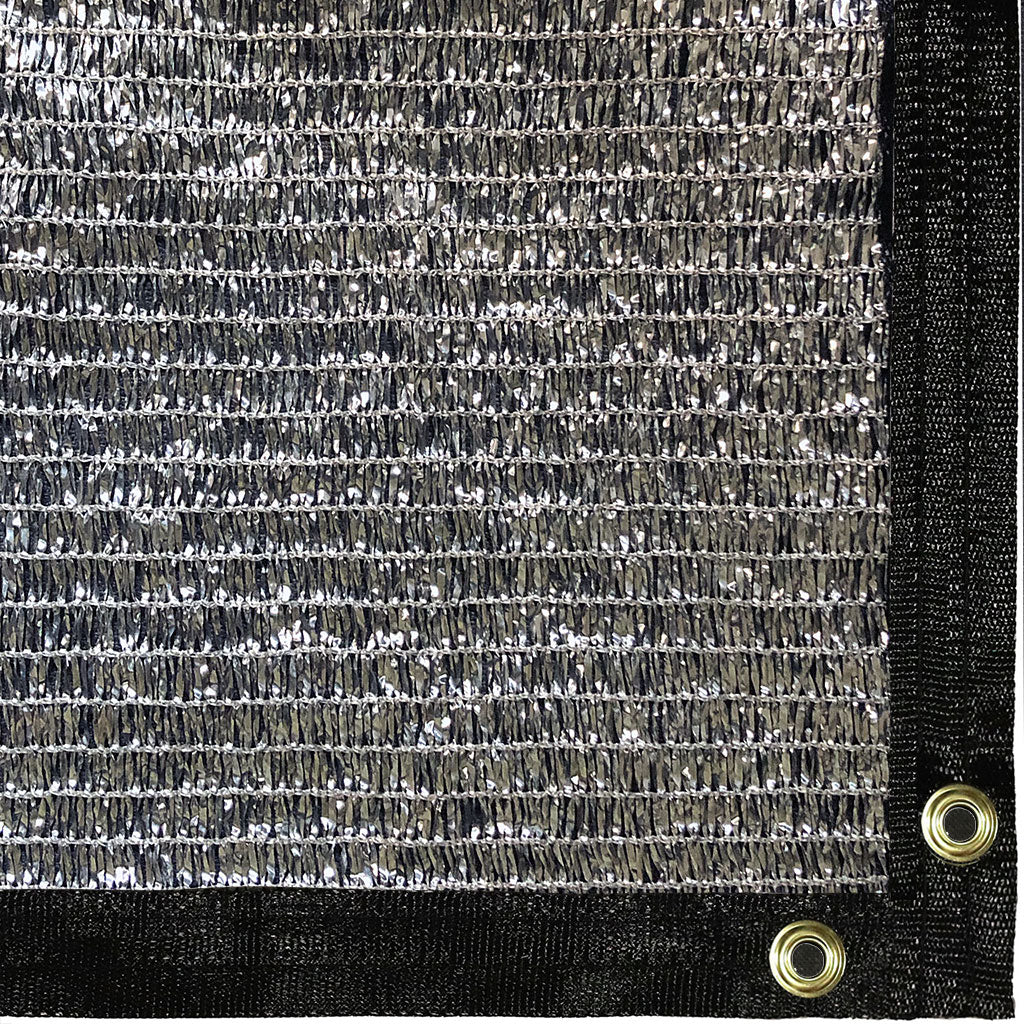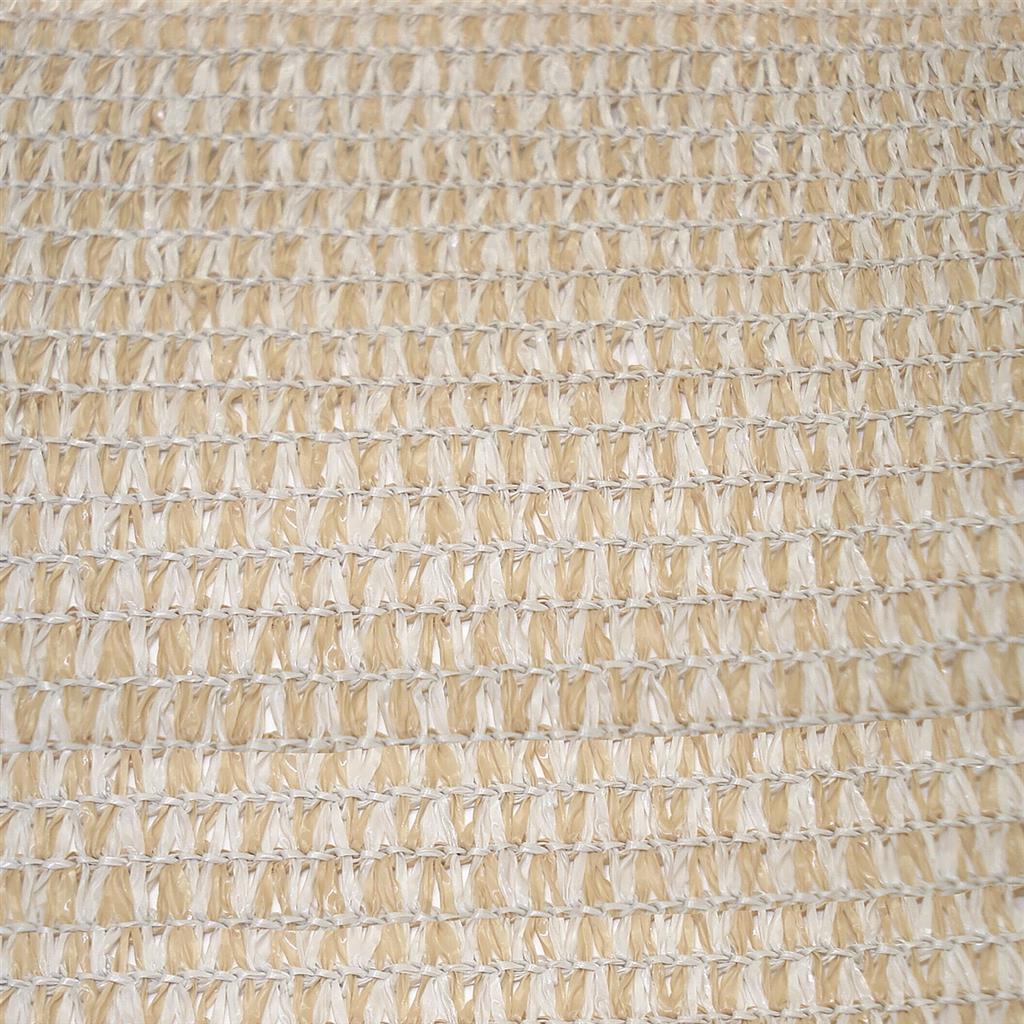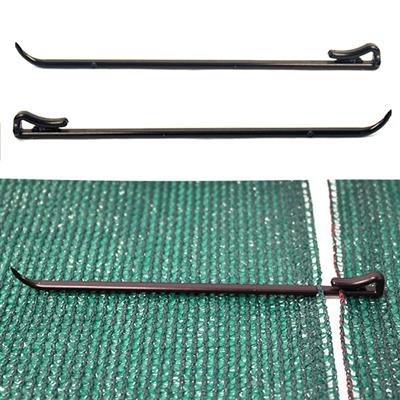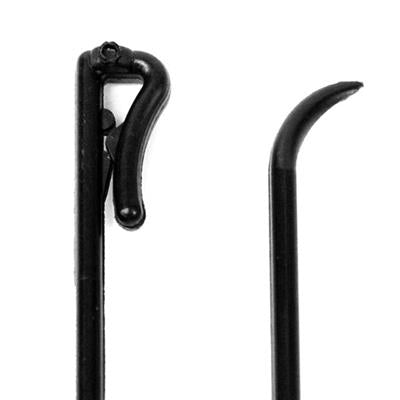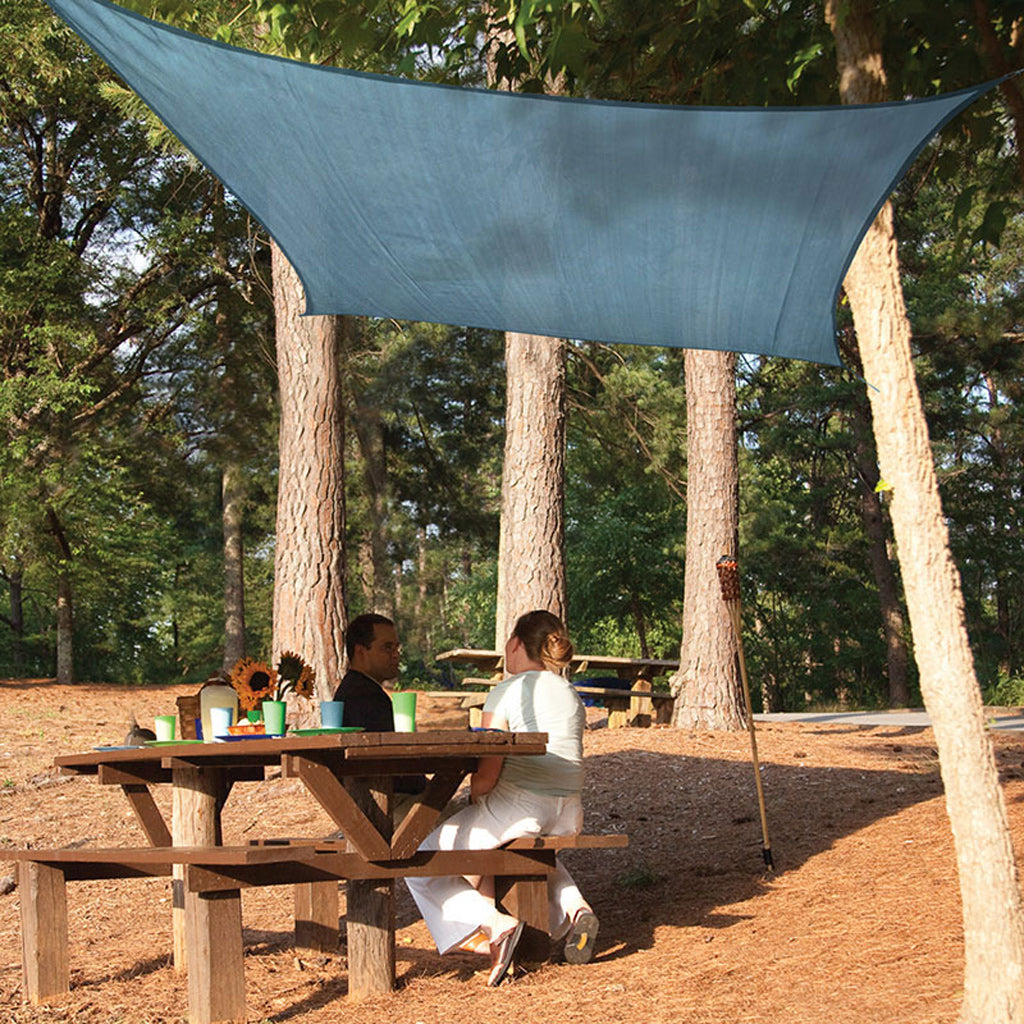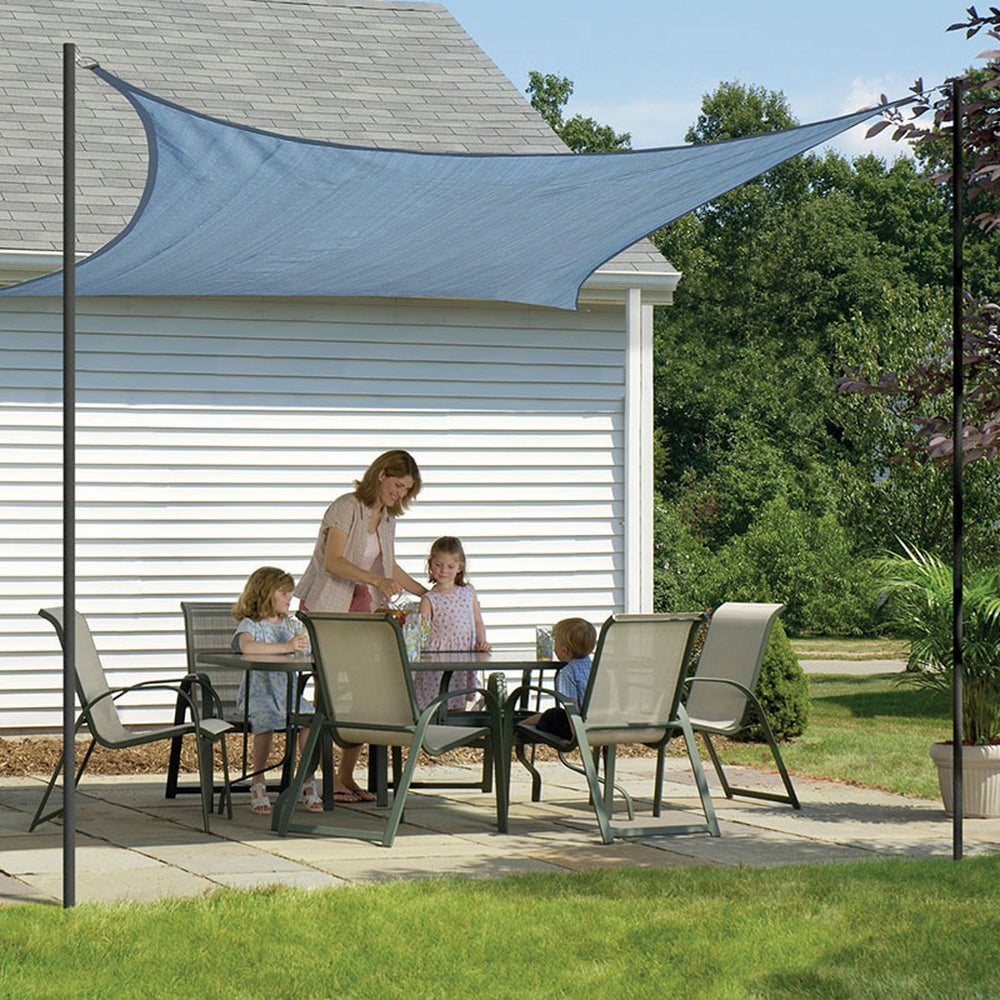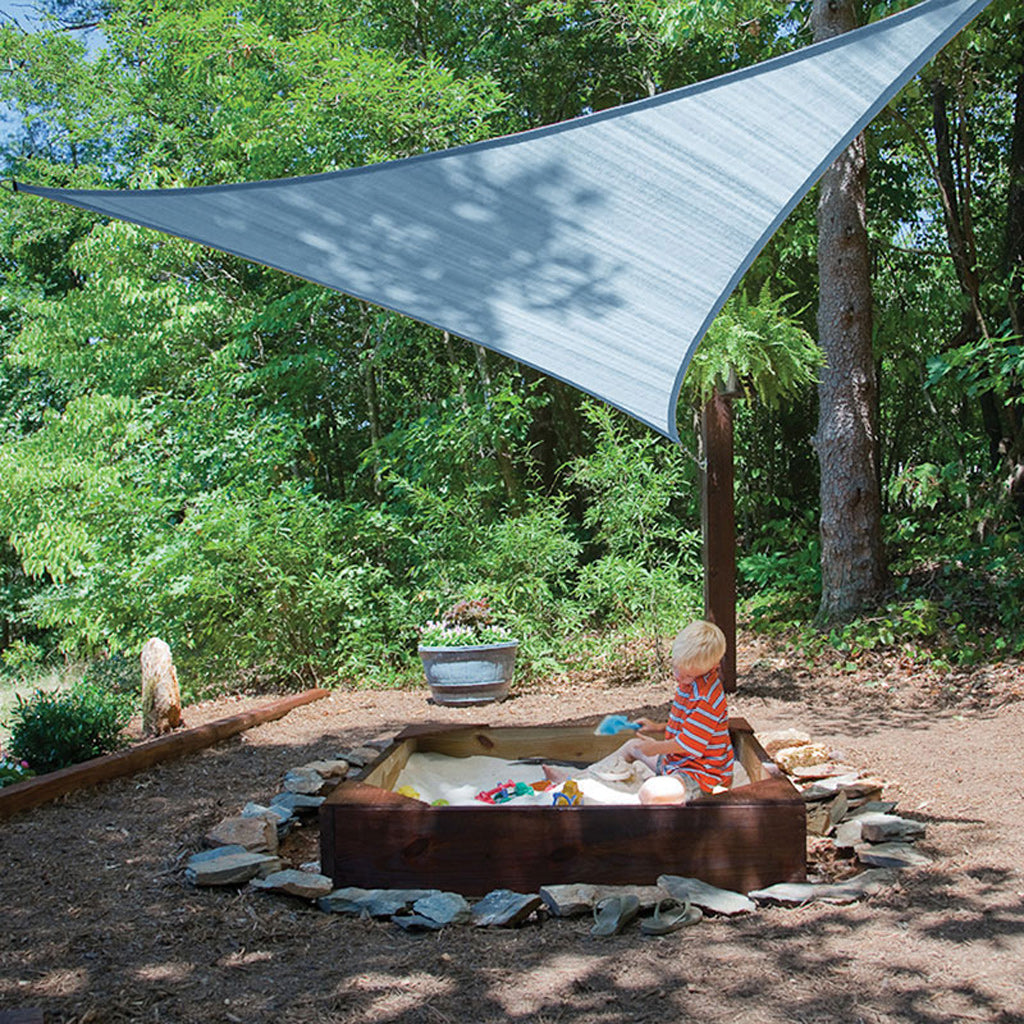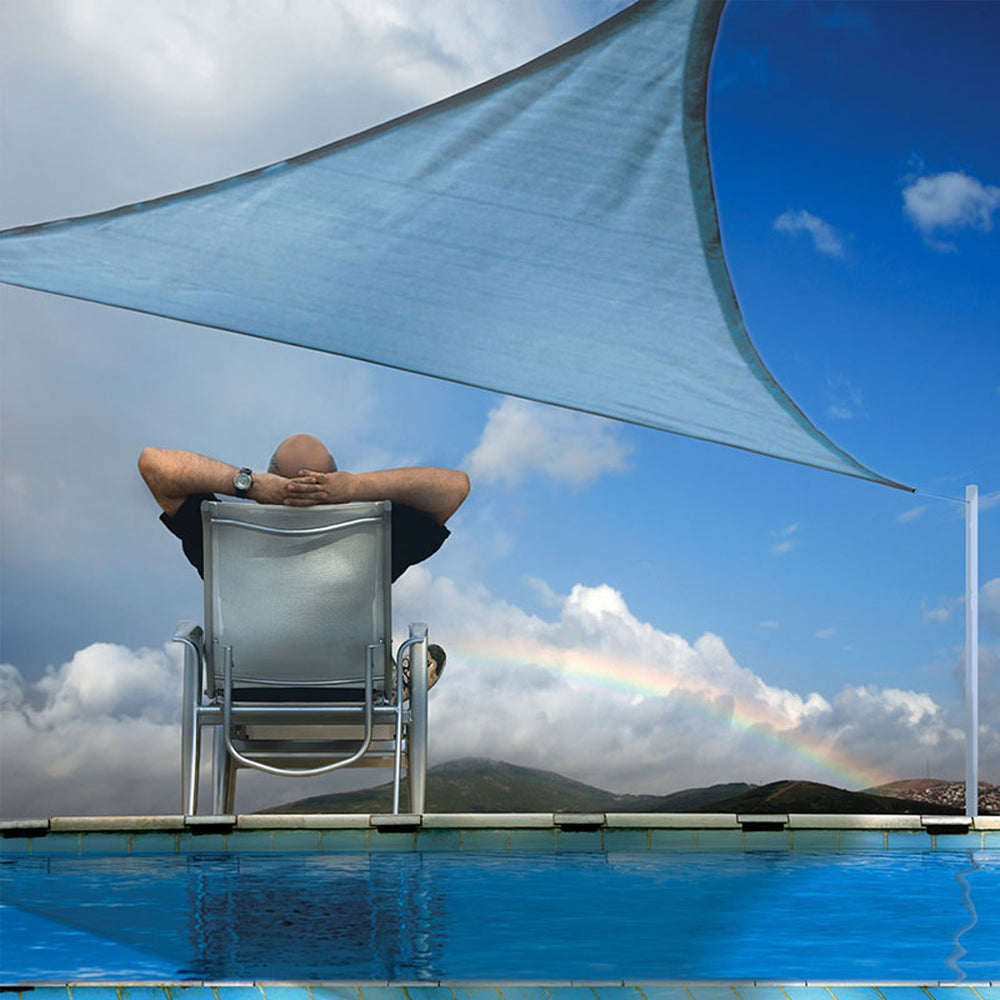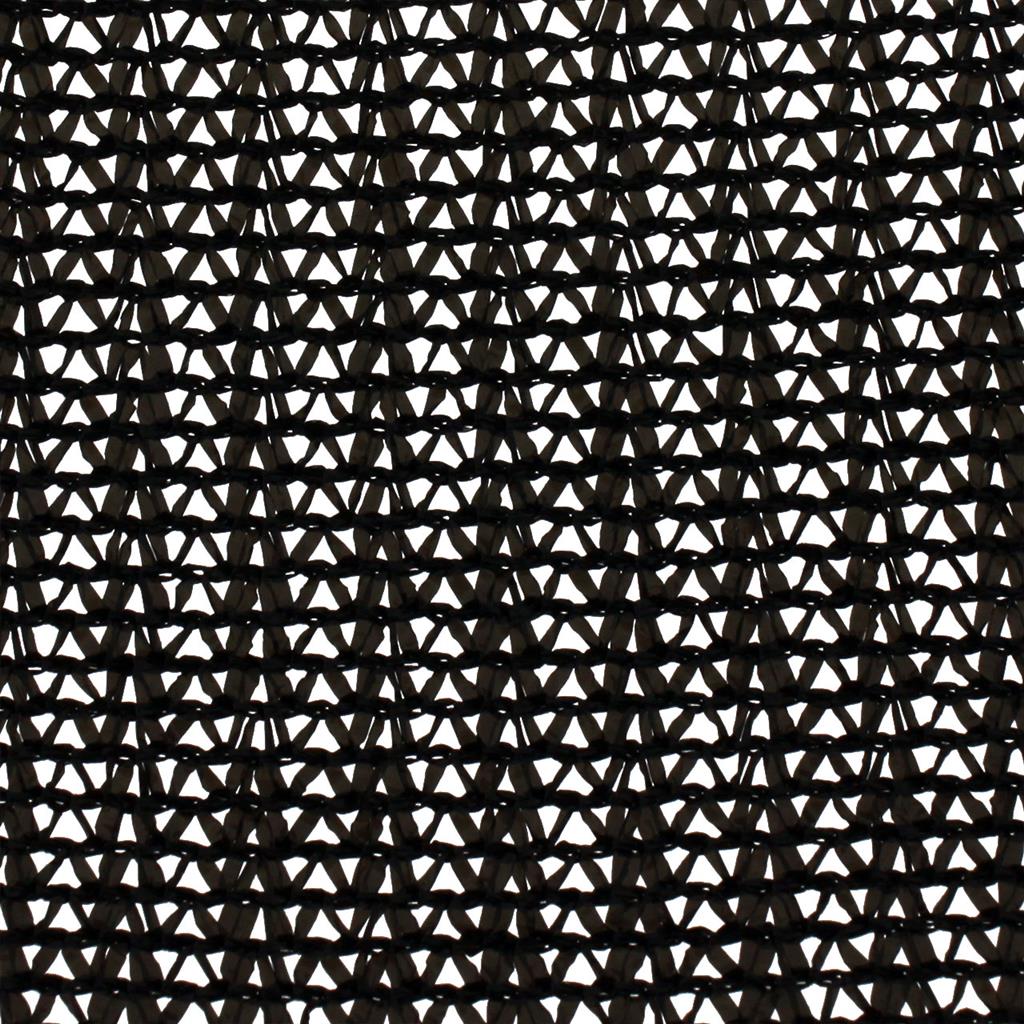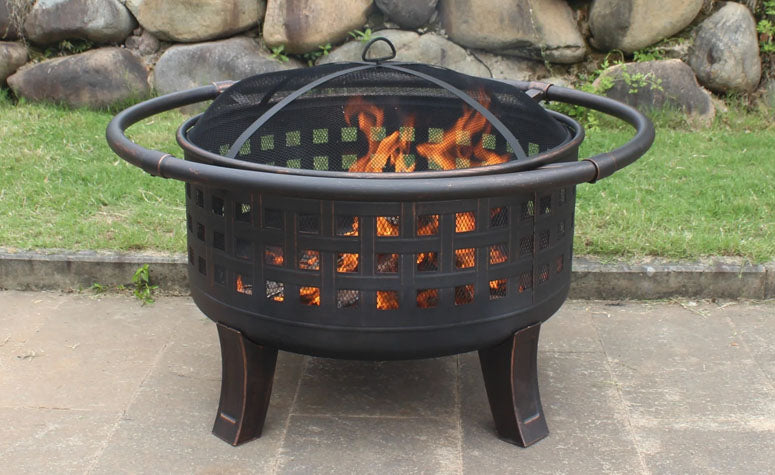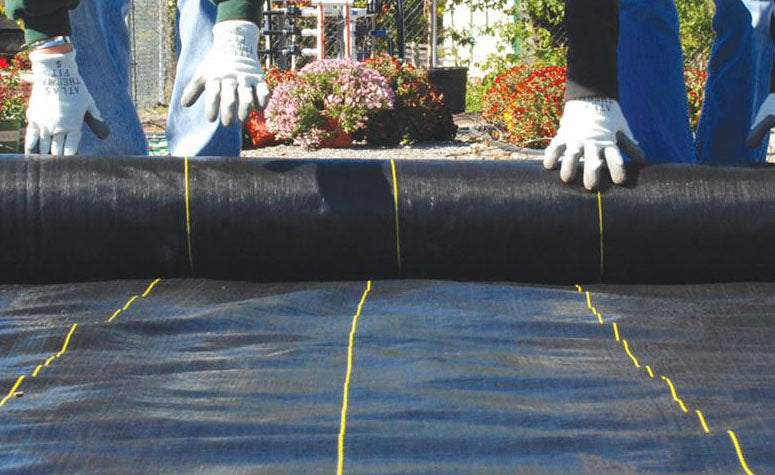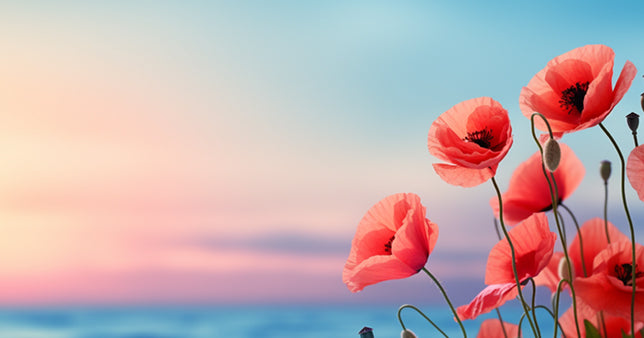
Shade Cloth
Greenhouse shade cloth does more than keep temperatures down—it can also reduce energy costs by limiting the need for fans or cooling systems. Many growers switch densities seasonally, using lighter cloth in spring and fall and higher-density fabric in summer for maximum protection. Some shade fabrics also diffuse light evenly, helping crops grow more uniformly while shielding against wind, hail, and excess UV. At Greenhouse Megastore, greenhouse shade cloth is available in multiple widths, densities, and colors, making it easy to customize coverage for any growing setup.

Grommeted Panel
The edges of these panels are sewn with heavy-duty reinforcing tape. Brass grommets are installed on approx. 2' centers around the perimeter. Often includes a seam where two pieces of shade have been sewn together. Durable, easy to install with ropes, bungees or wire. Most durable solution for smaller areas where shade will be suspended between four points. Grommeted panels are sold in pre-cut sizes or can be ordered in any custom size.

Precut Panel
A raw piece of shade fabric where edges of panel are not reinforced with any tape or grommets. Would not typically have a seam but may have a raw (cut) edge. Can be installed with wiggle wire, shade cloth clips or wooden lath. Precut Panels are sold in pre-cut sizes or can be ordered in any custom size.

Bulk
Sold in factory widths by the linear foot. Would only rarely have a seam and sides typically include a factory finished (uncut) edge. Most cost effective solution for large quantities of shade fabric.
Beware of Flimsy Shade Cloth


Unlike cheap shade cloth with weak grommets and flimsy material, our premium shade fabric is built to last. Each piece comes with an 8-year UV warranty and the option to add durable brass grommets installed on reinforced, taped edges—providing long-lasting strength and reliability in any environment.
Choosing the Right Shade Cloth: Tape Knit, Mono Knit, and Woven Options
Not all shade cloth is the same. Whether you’re protecting crops, covering a greenhouse, or creating a wind barrier, the right shade fabric can make a big difference in durability, airflow, and overall protection. This guide explains the three main types—woven, mono/knit, and tape/knit—so you can choose the best option for your climate, growing space, and budget. From large commercial installations to small backyard gardens, there’s a shade cloth designed to fit your needs.
Tape Knit Shade Cloth

Tape knit shade cloth, made from durable polyethylene, is a versatile and cost-effective shade fabric ideal for hobby growers, smaller commercial operations, retail areas, or quick crop and greenhouse coverage. With its soft, cloth-like texture, this material is gentle enough to pull across greenhouse poly film without risk of tearing or abrasion.
While tape knit shade cloth can be installed permanently and will hold up to years of sun exposure, it is less durable in extreme climates. In high-heat or wind-prone regions, a stronger shade fabric such as mono knit is the better choice. Because this material stretches considerably, be sure to allow extra flexibility in your measurements when ordering.
Key Features:
- Soft, cloth-like feel; safe for poly film contact
- Great for hobbyists, small growers, and short-term coverage
- Lock-stitch design resists unraveling
- Permanent installation possible with proper care
- Less suited for high wind or extreme heat
- Not as durable as mono or woven options
- Significant stretch (up to 1’ depending on shade percentage)
- Factory seams may exist in stock widths (e.g., 12’ wide may have a 6’ joint)
- Exact measurements can be challenging due to stretch—allow tolerance, especially on custom sizes
Mono Knit Shade Nets

Mono knit shade cloths are made from monofilament fibers in a lock-stitch pattern, which prevents unraveling and provides a long-lasting solution for both flat structures and curved frameworks like hoops or tunnels. These nets offer excellent airflow and durability, making them a premium option for commercial growers, nurseries, and greenhouses. While they have minimal stretch, they offer more breathability than woven shade cloths.
Mono knit nets are especially effective in high heat and high wind zones, where both temperature and environmental stress require strong, breathable materials. They’re also used successfully in wind fence applications.
Key Features:
- Lock-stitch design prevents unraveling
- Withstands extreme temperatures and wind
- Common in commercial growing and nursery operations
- Can be used over hoops, tunnels, and greenhouses
- Offers greater airflow than woven shade cloth
- Minimal stretch for easier installation
- Also suitable for use as wind fencing
- Any width can be made without compromising net strength
Woven Shade Nets

Woven shade cloth, crafted from heavy-duty polypropylene, is valued for its exceptional strength and long-term durability. This type of shade fabric is a top choice for commercial growers and other high-stress applications where reliability is critical. Ideal for flat-roof structures that require trampoline-tight tensioning, woven shade cloth will not stretch once secured with tape and grommets, ensuring it holds its shape through all weather conditions. Especially well-suited for hot climates and windy environments, it delivers lasting performance season after season.
Woven shade cloth is also commonly used in wind fence applications thanks to its resilience and long-lasting performance. For maximum cost-efficiency and durability, it’s best to design your structure around the stock widths available, ensuring a proper fit while reducing material waste.
Key Features:
- Extremely durable in the hottest U.S. climates
- Most common choice for commercial flat-roof structures
- Normally finished with tape and grommets to prevent unraveling
- No stretch after installation—excellent for taut applications
- Superior performance in windy conditions when flapping against support structures
- Commonly used as commercial wind fencing
Plant Shade Cloth
You can’t control the outdoor temperature, but you can manage how much heat enters your greenhouse. Shade cloth gives you control over sunlight and airflow, creating the best growing conditions for your plants. With a wide range of shade cloth densities and colors, Greenhouse Megastore offers the right shade fabric to transform any structure into a productive gardening space.
Stay Cool with Sun Shade Fabric
Greenhouse shade cloth is made for growers of all experience levels. It's easy to use, affordable and proven to be effective. Furthermore, you can use sun shade material for patios, pergolas, garages, car windshields and other situations where you need to keep things cool.
Browse shade cloth in densities from 20% to 90%, each representing the percentage of sunlight the fabric blocks. Click on any shade fabric to see which plants thrive under that level of coverage. As a general rule, darker colors absorb more UV rays, while lighter colors are better for deflecting heat and keeping structures cooler.
You can purchase shade cloth in pre-cut finished panels, bulk rolls or custom-cut unfinished panels depending on your project and budget. Do you need shade cloth for gardens or to protect camping areas? Use overhead sun shades in square and triangular shapes. Don't forget the installation hardware - we carry clips, hooks, fasteners, grommets, lacing cords and more to set up the cloth however you like.
Discounted Shade Cloth and Hardware
Our shade cloth store is where professionals and DIYers shop when they need cool deals on high-quality supplies. Contact Greenhouse Megastore Monday through Friday to speak to a sales associate if you need knowledgeable shade fabric advice.
How do shade cloths differ in terms of installation requirements and what hardware is recommended for each type?
Shade cloth installation varies by material: tape knit cloth requires allowances for significant stretch and works well with clips and fasteners that accommodate flexibility, while mono knit and woven shade cloths benefit from more secure hardware like tape, grommets, and strong lacing cords to maintain tension without stretching. For durable, long-lasting setups, especially with woven cloth, using tape and grommets ensures a taut, secure fit ideal for high wind or hot environments.
Can shade cloths be customized to fit irregularly shaped garden structures or patios?
Yes, shade cloth can be customized to fit irregularly shaped garden structures, patios, or outdoor spaces. At Greenhouse Megastore, you can choose from pre-cut panels, bulk rolls, or custom-cut unfinished panels tailored to your dimensions. This flexibility allows you to create overhead sun shades in a variety of shapes—such as squares and triangles—for precise coverage where you need it most.
What factors should I consider when choosing shade cloths for protecting plants versus providing shade for outdoor living spaces?
When selecting shade cloth for plants, pay attention to fabric density and color to manage heat and sunlight. Darker shade fabric absorbs more UV, offering stronger plant protection, while lighter colors deflect heat and work well for outdoor living areas. It’s also important to match the material to your needs: mono knit and woven shade cloth provide the durability and airflow required for high-stress growing environments, while tape knit shade fabric is better suited for casual spaces or temporary coverage.
How much will 40% shade cloth reduce temperature?
A 40% shade cloth can lower temperatures by about 10–15°F while blocking 40% of sunlight, making it ideal for many vegetables and garden plants.
What is the difference between shade cloth and shade net?
Shade cloth is a heavier, more durable fabric for long-term use, while shade net is lighter, easier to handle, and allows more airflow.
What can I use instead of a shade cloth?
Temporary alternatives include burlap, old sheets, tarps, or whitewashed plastic. These can block sunlight, but true shade fabric provides better UV protection, airflow, and durability.


